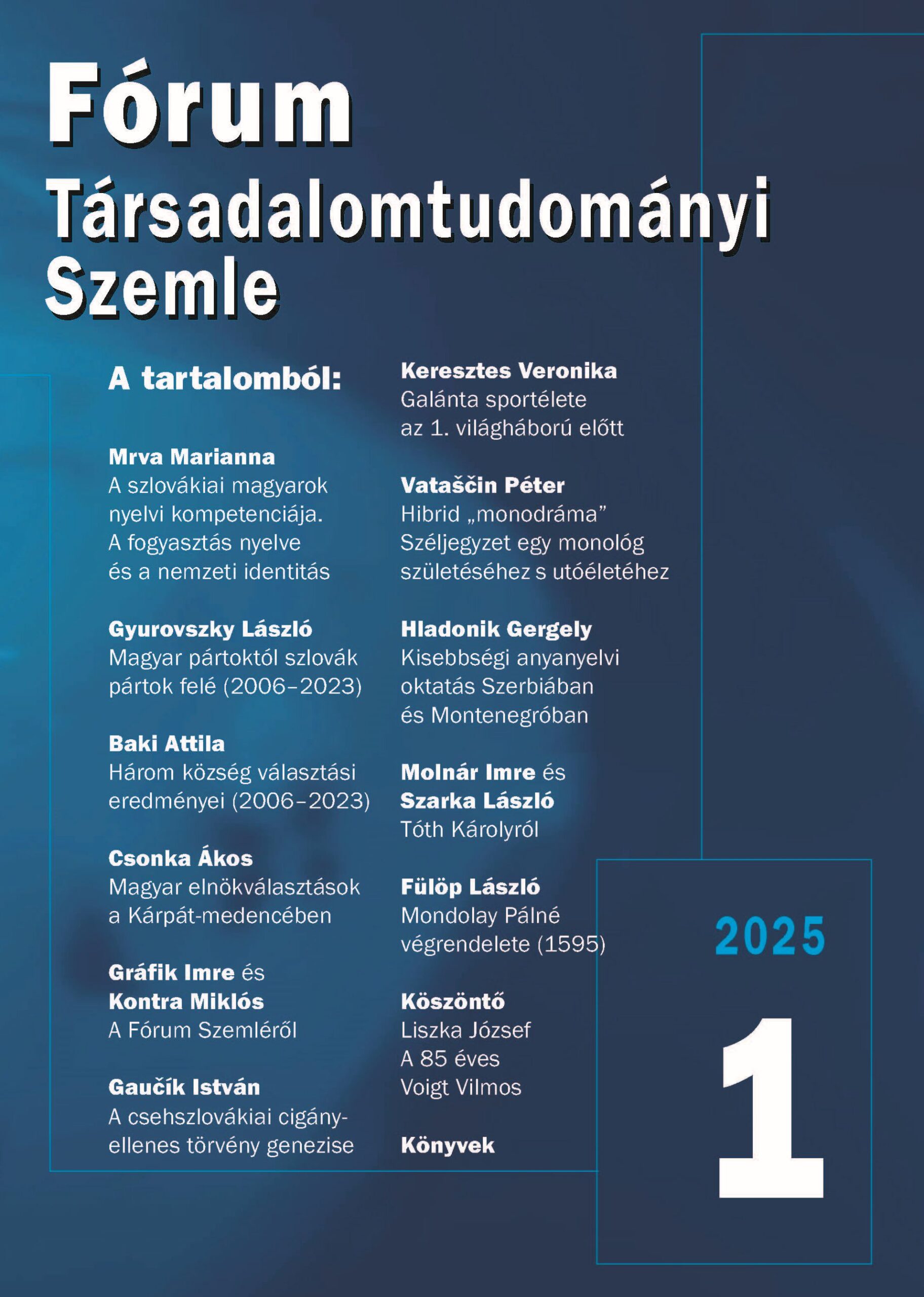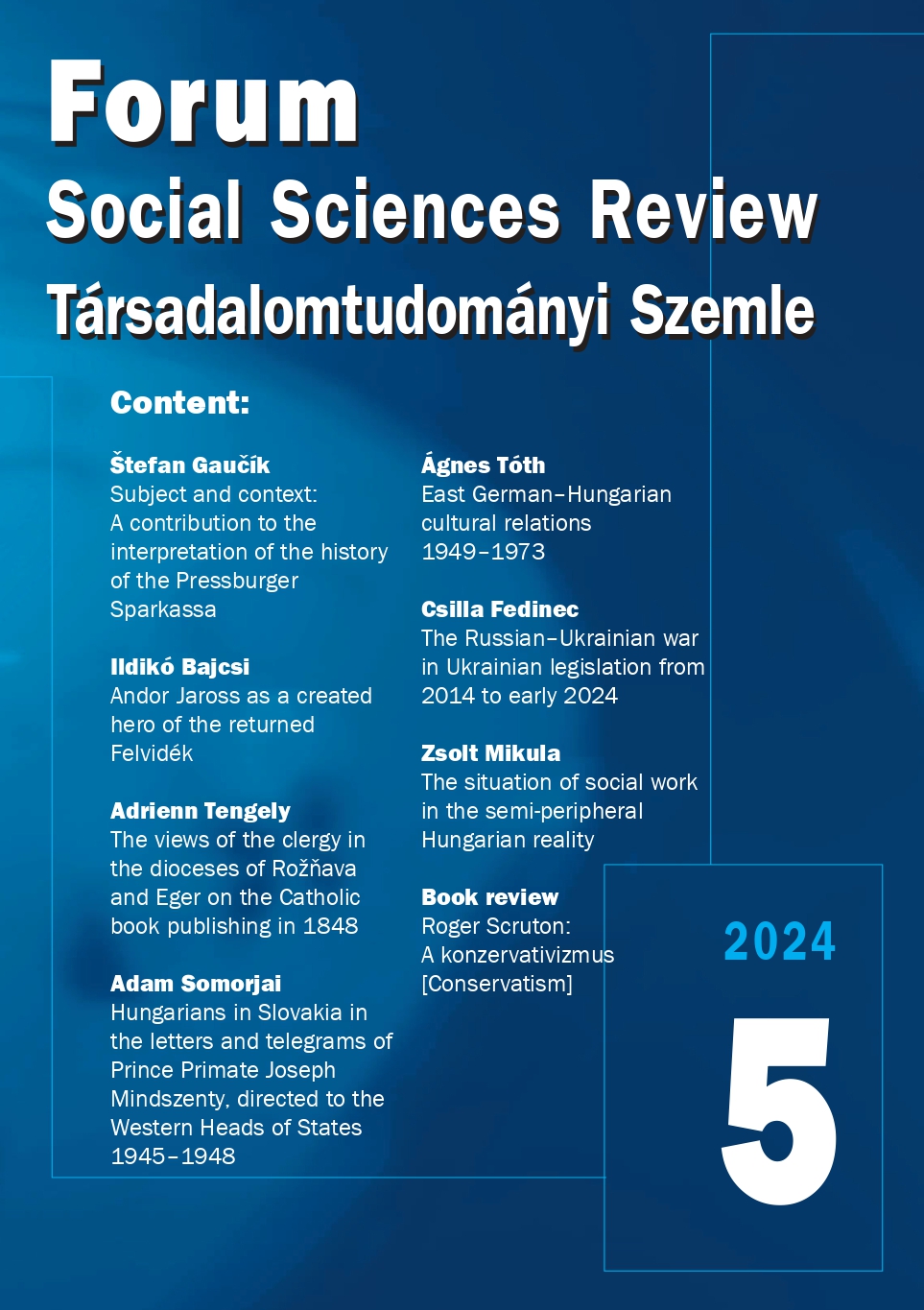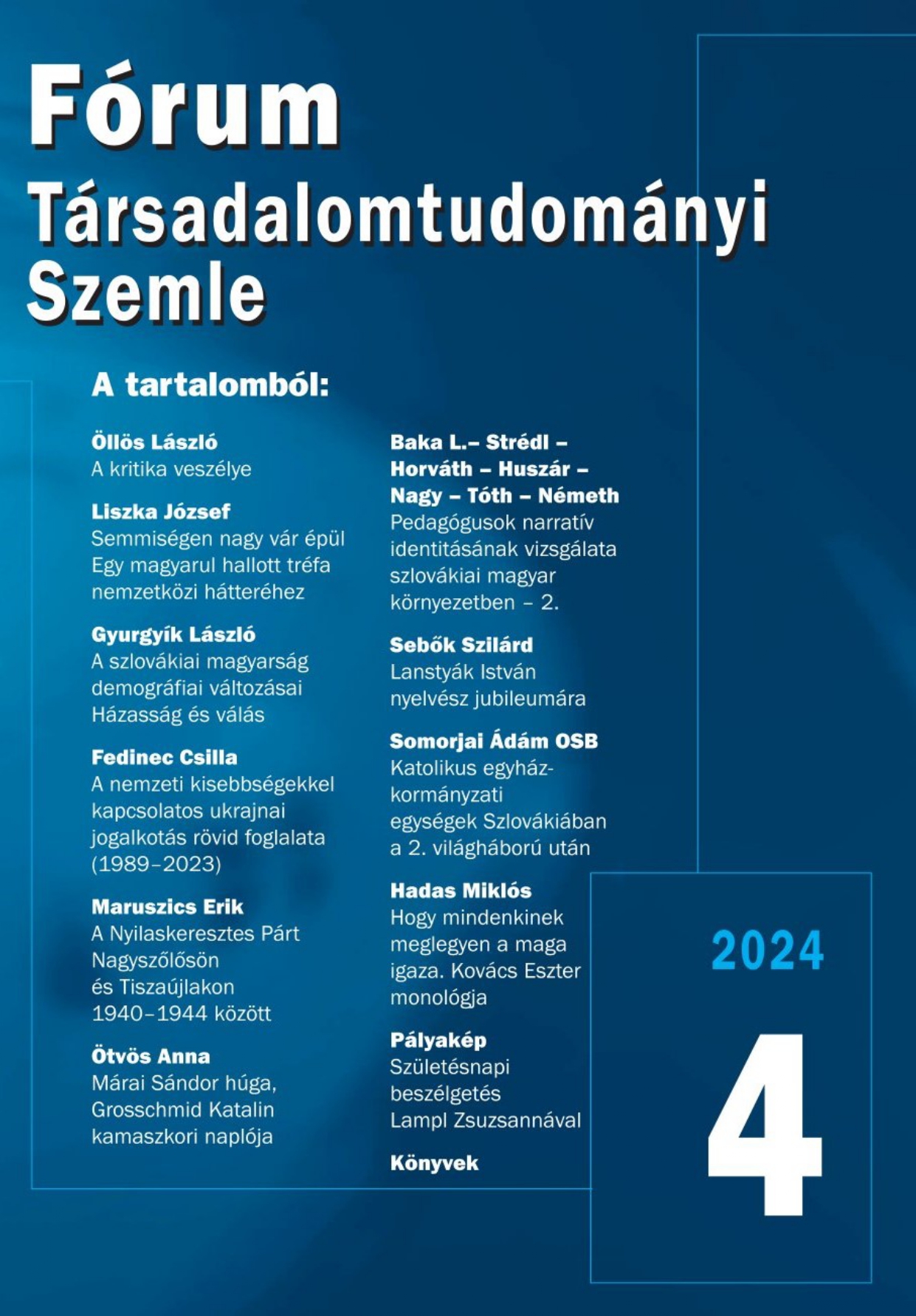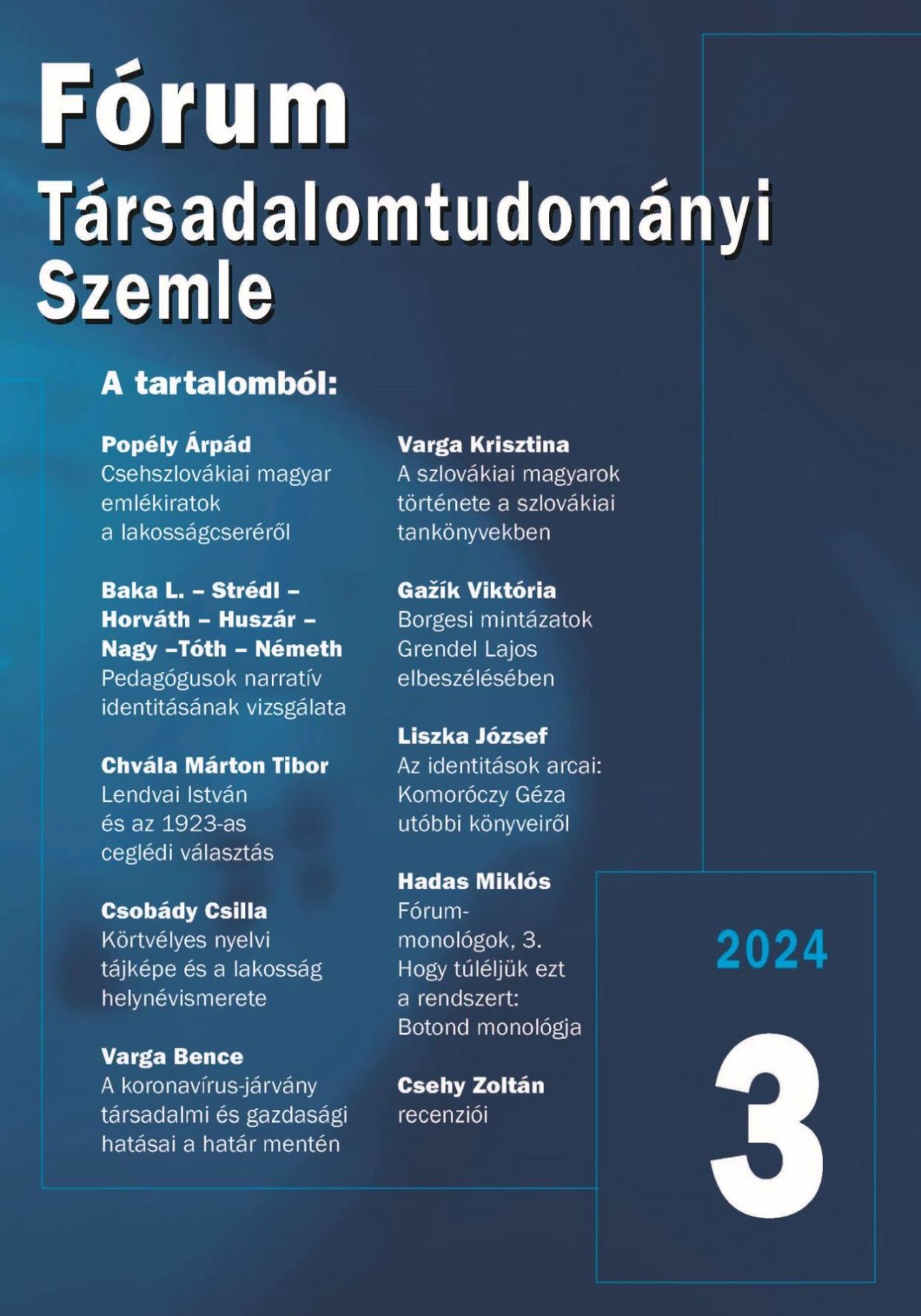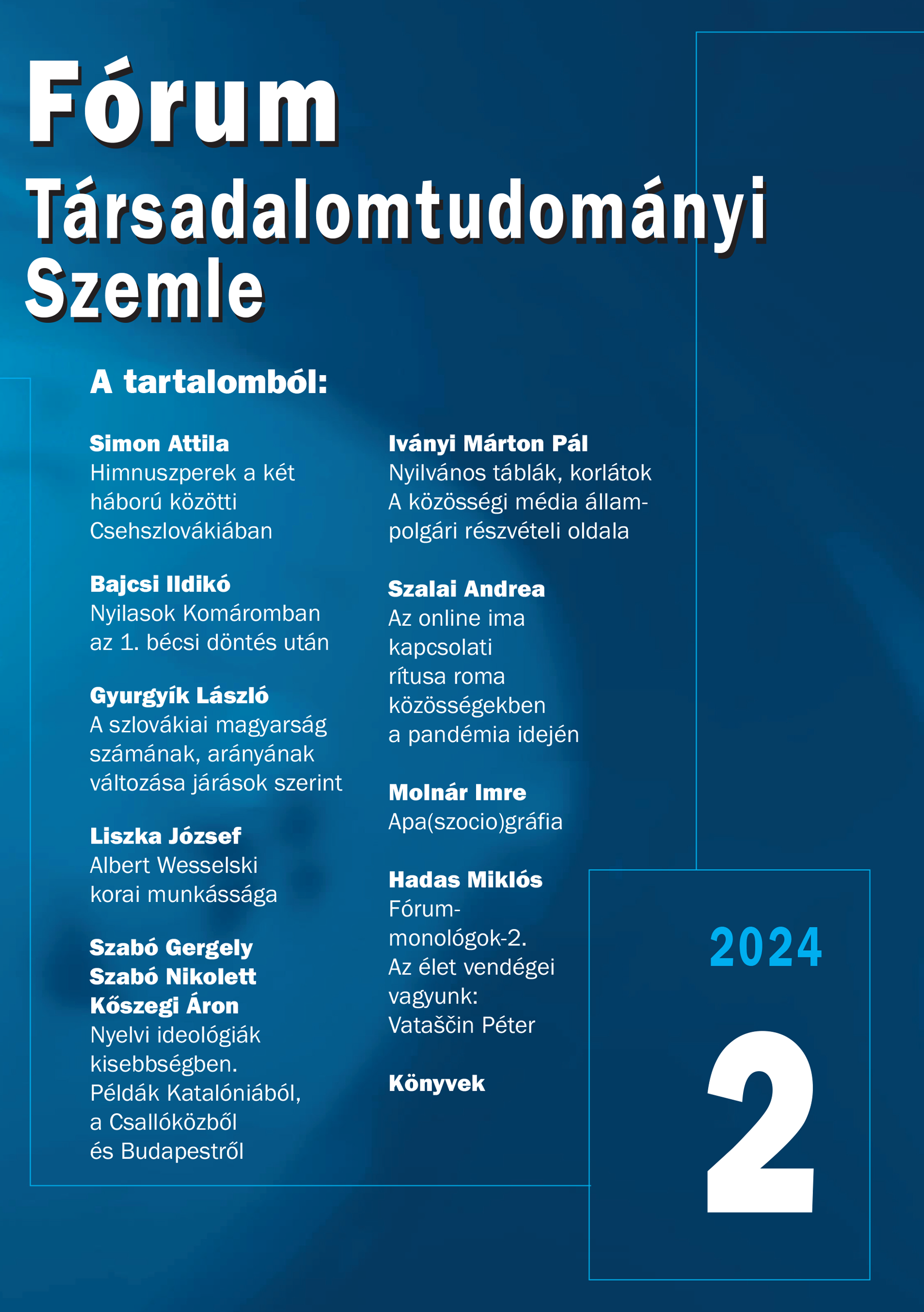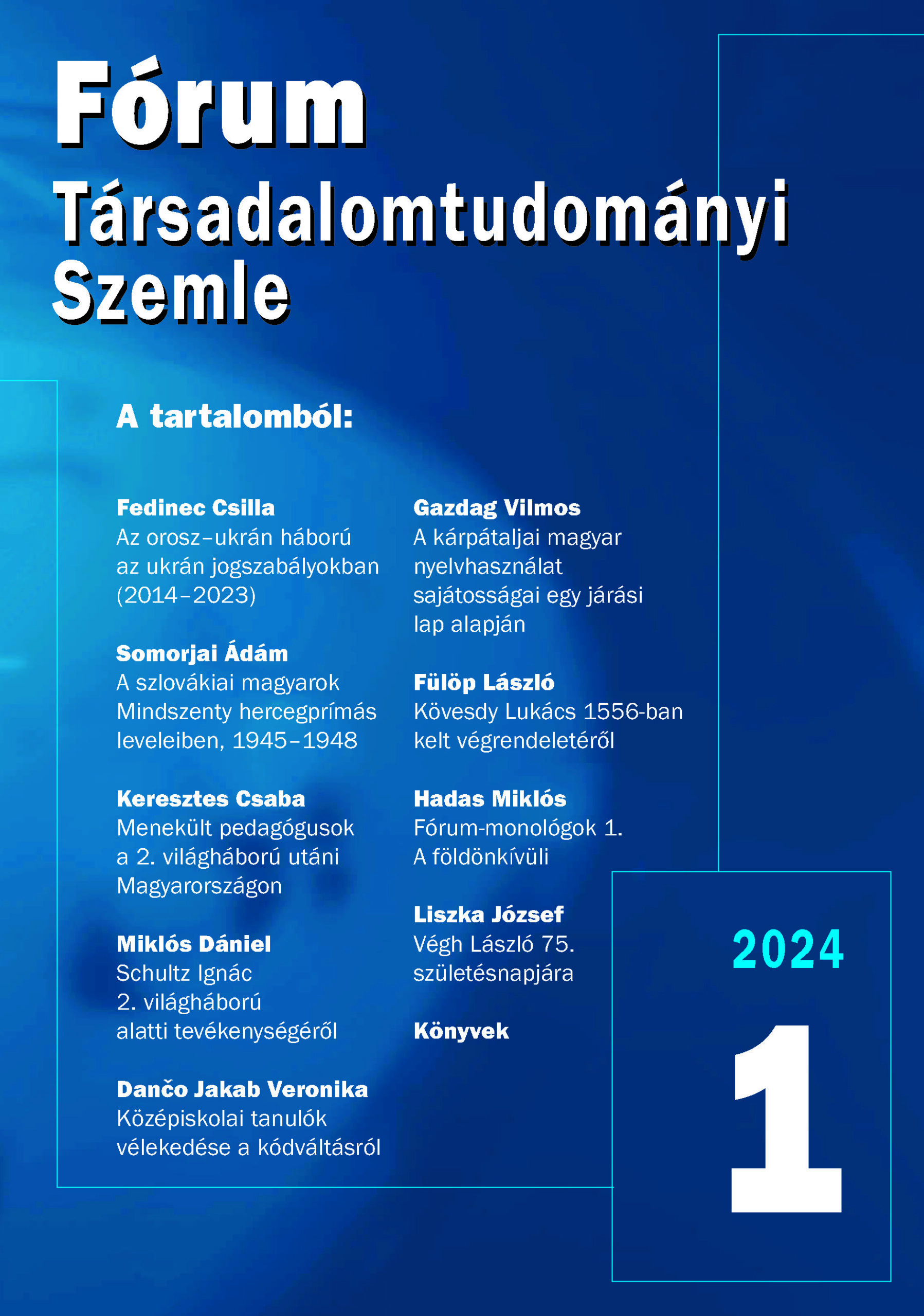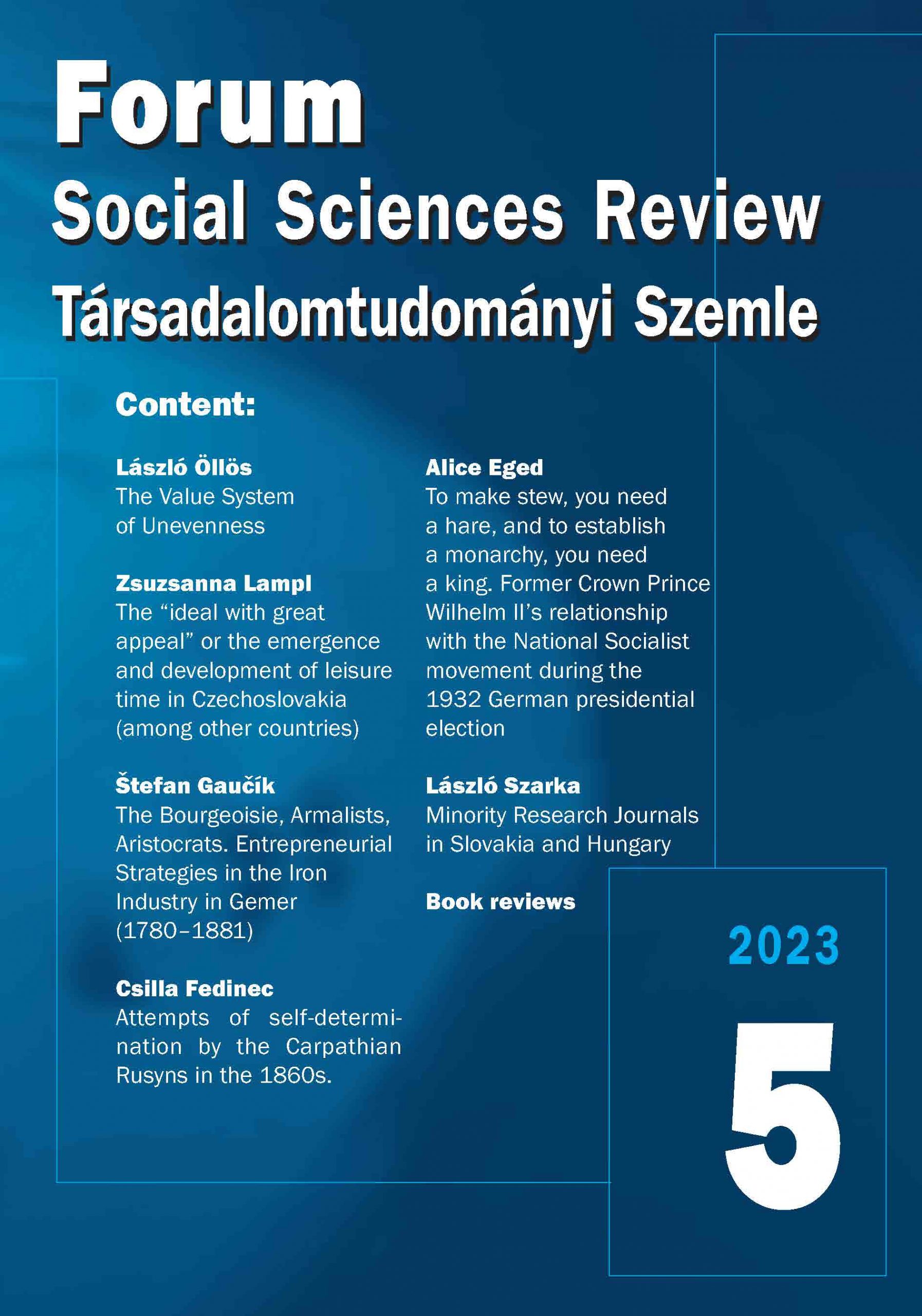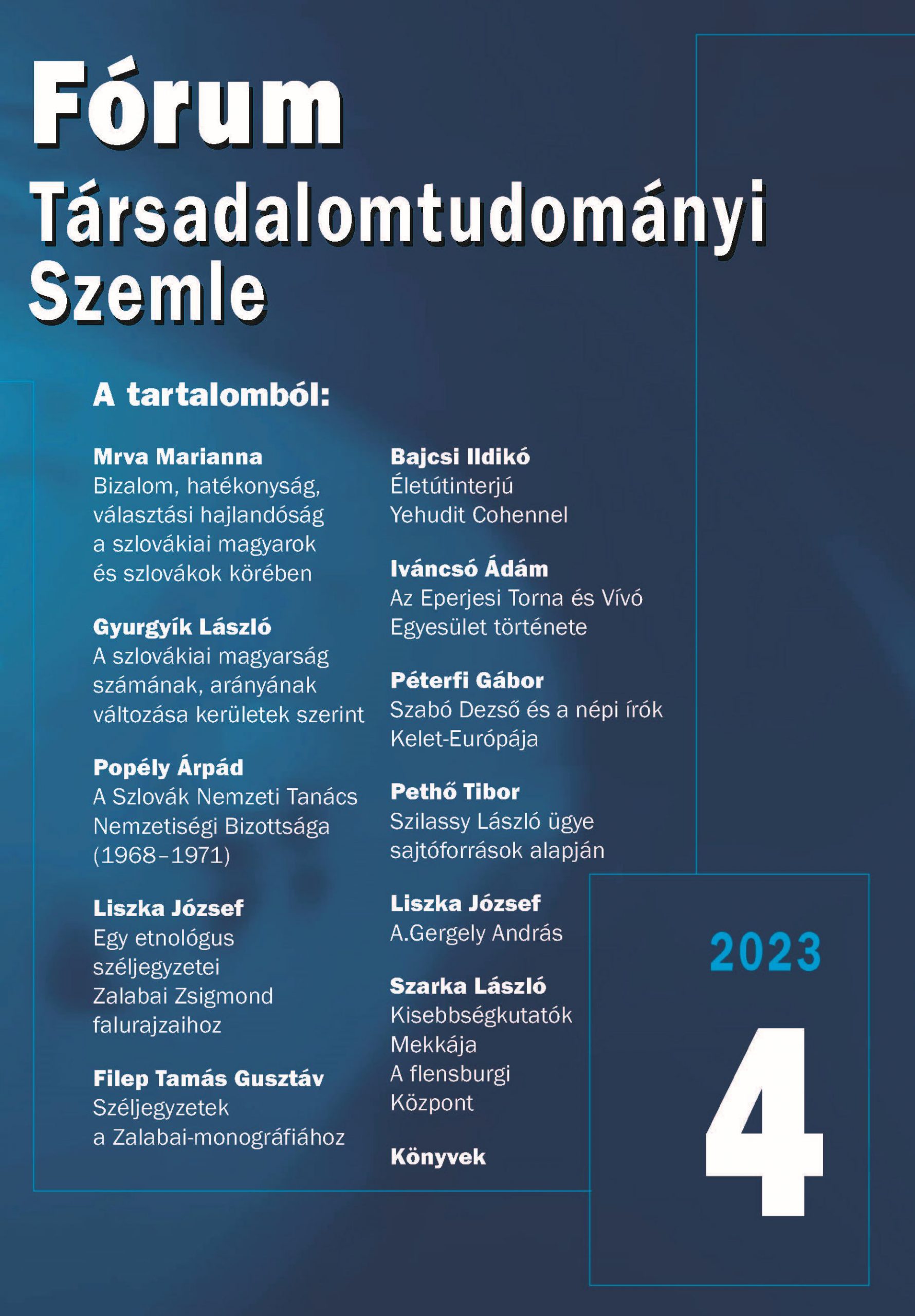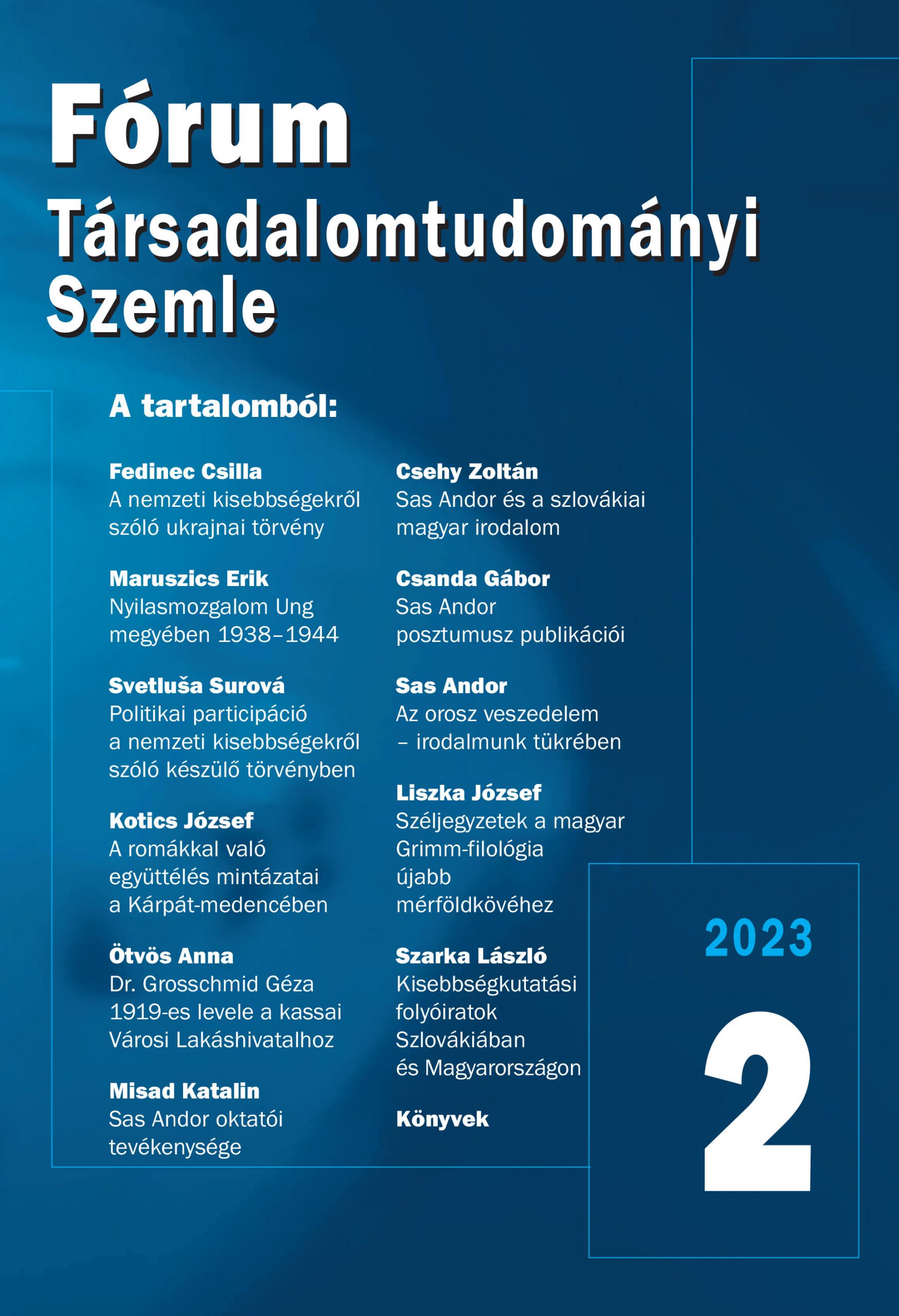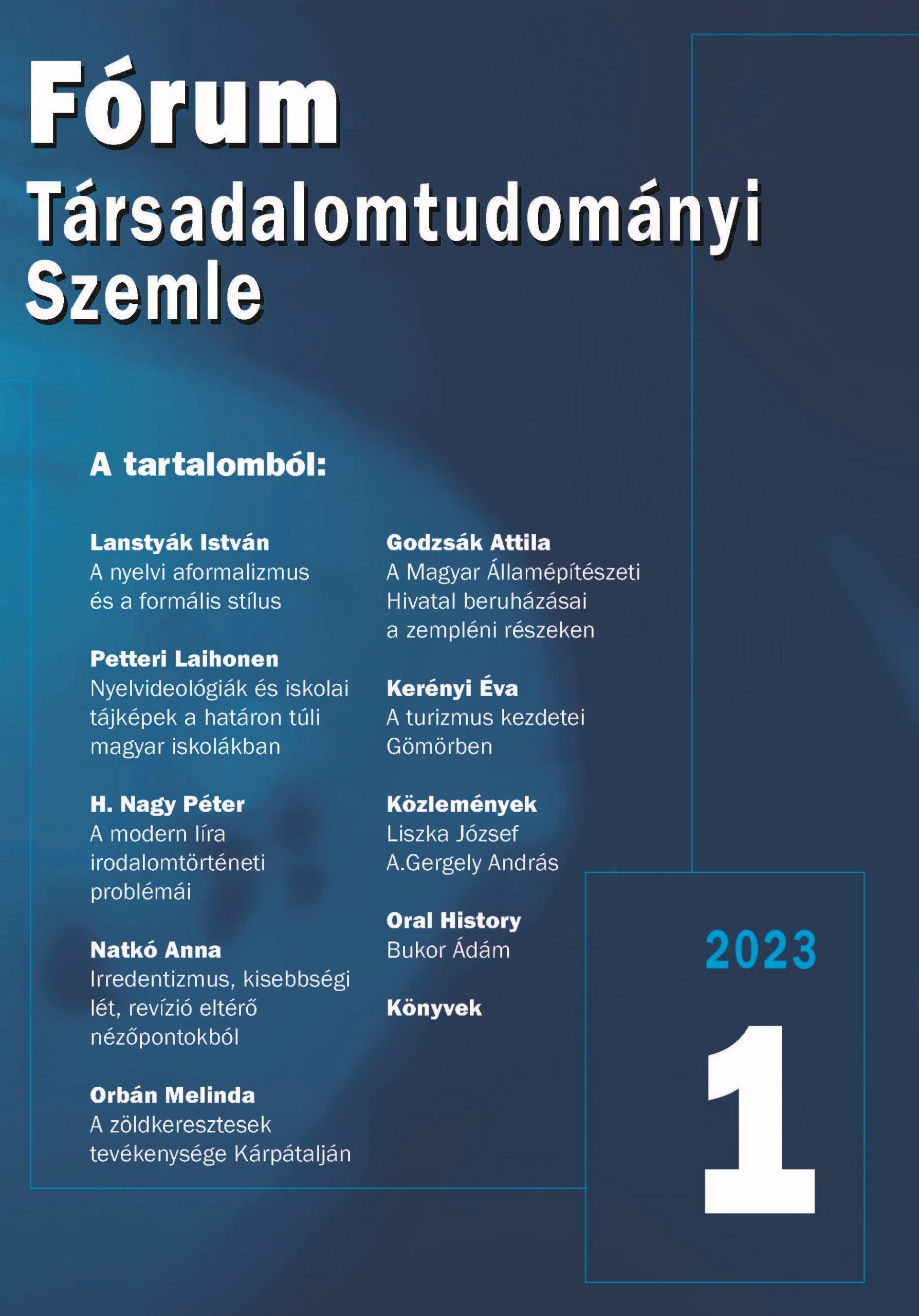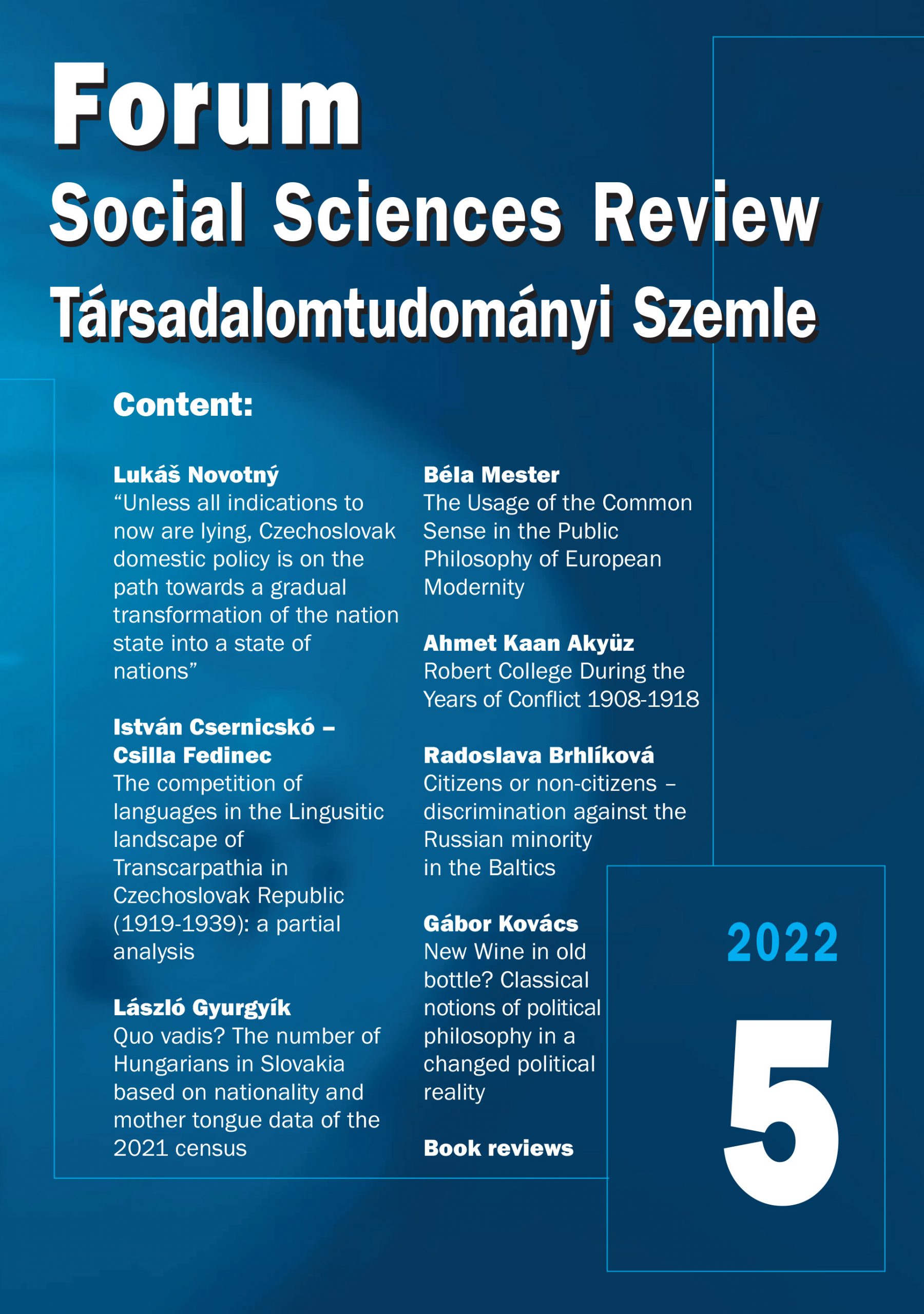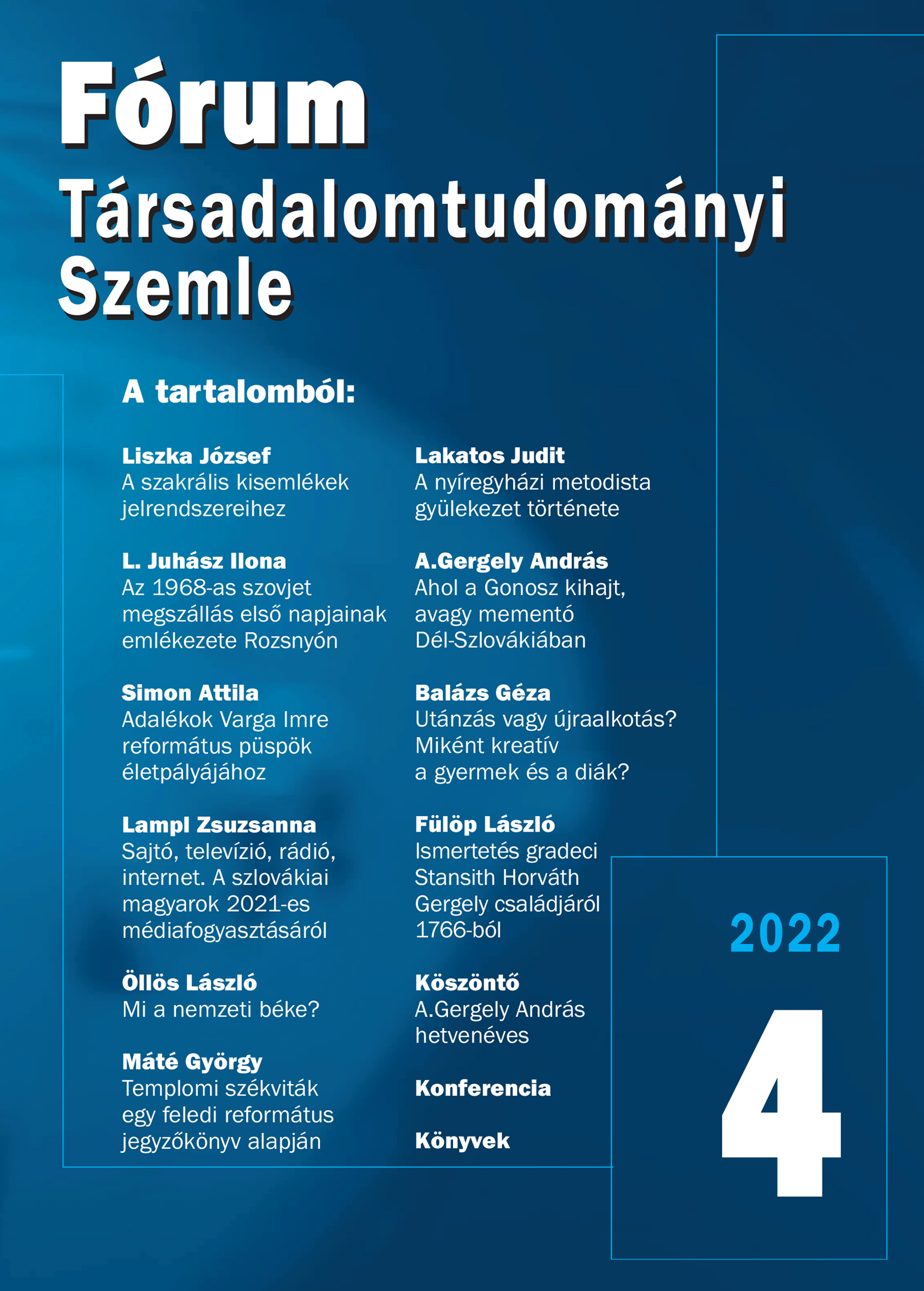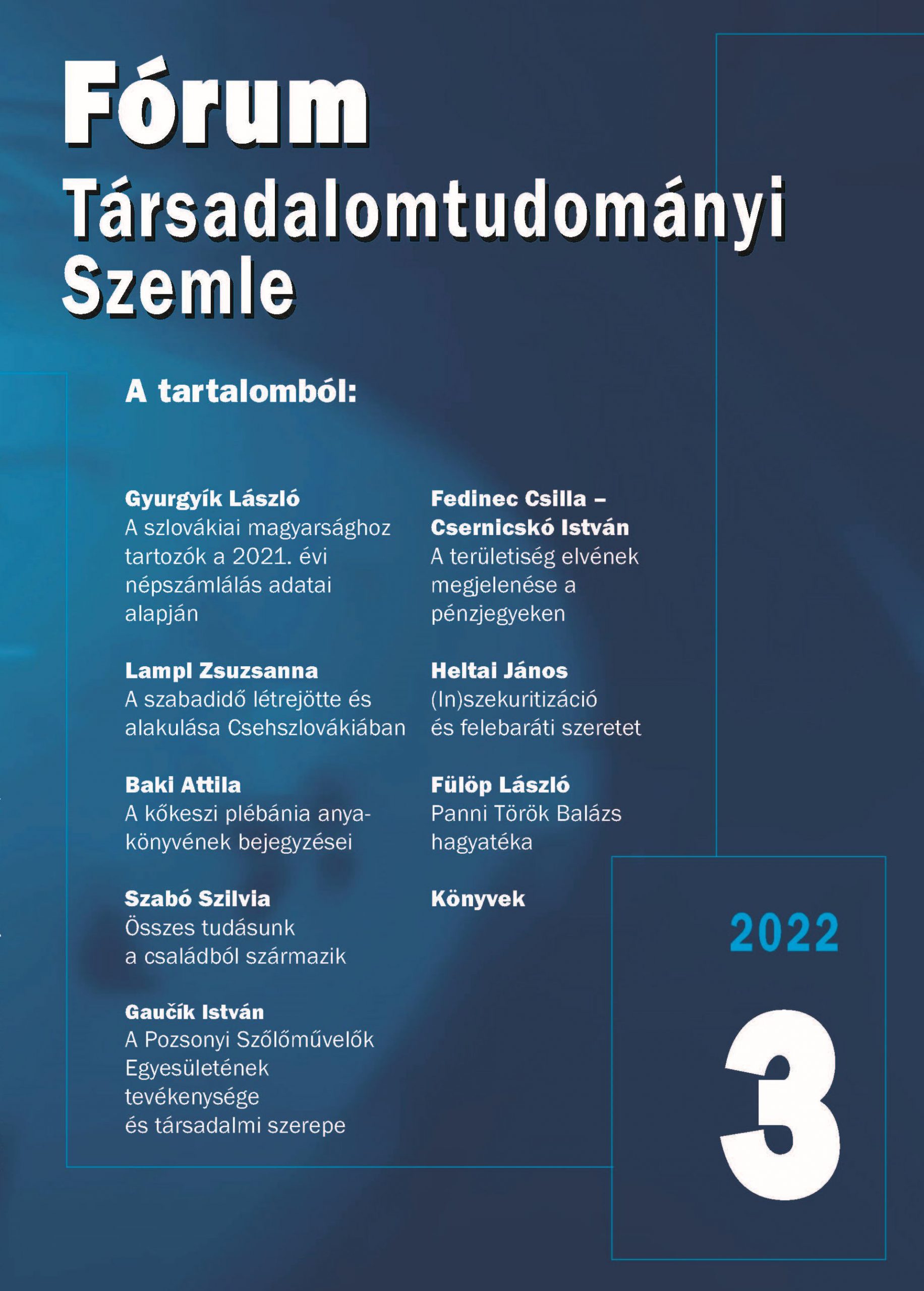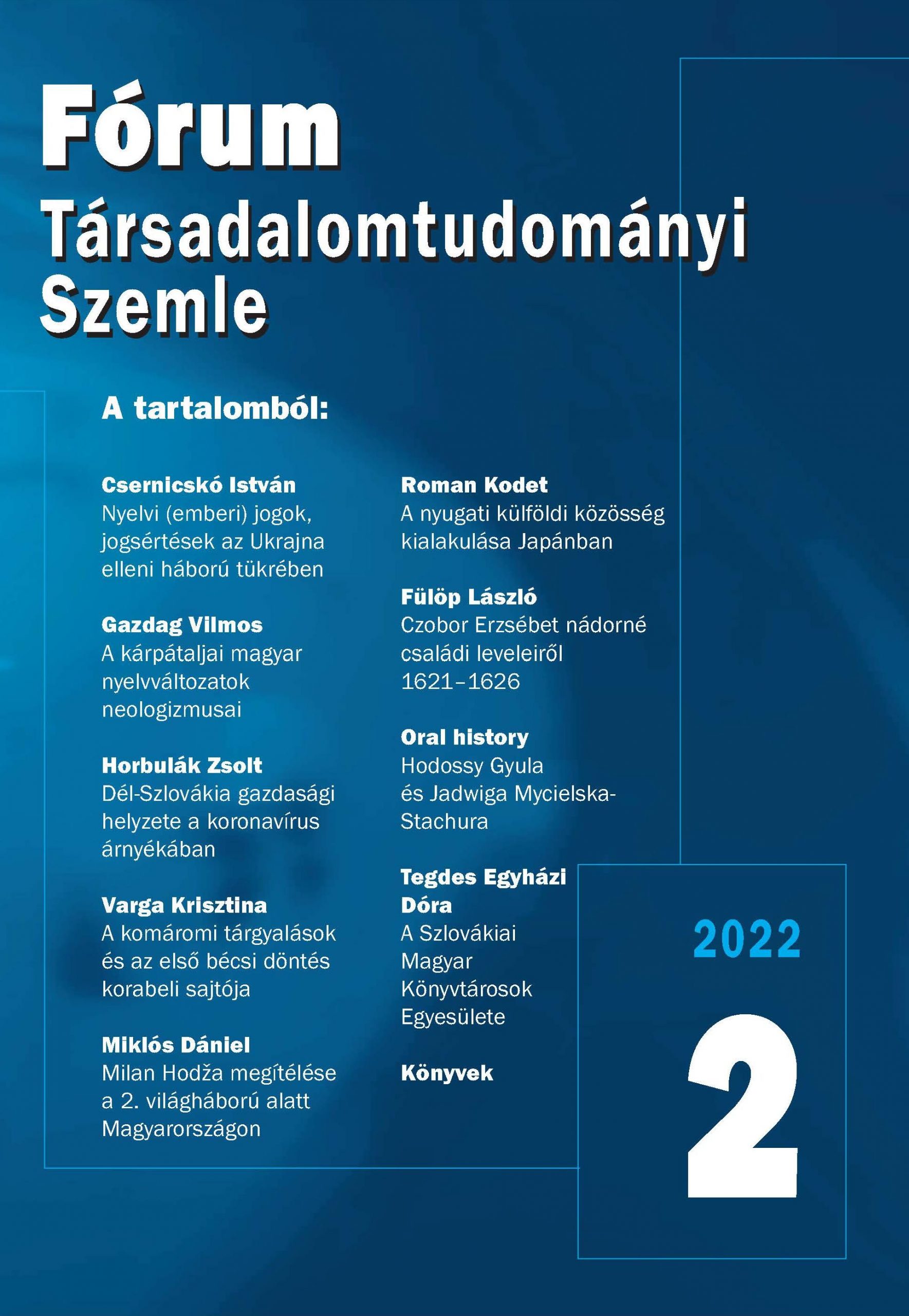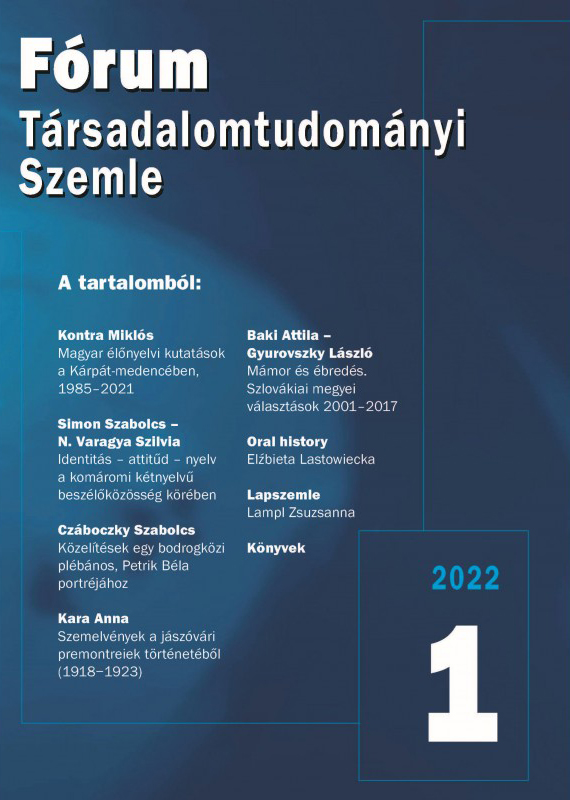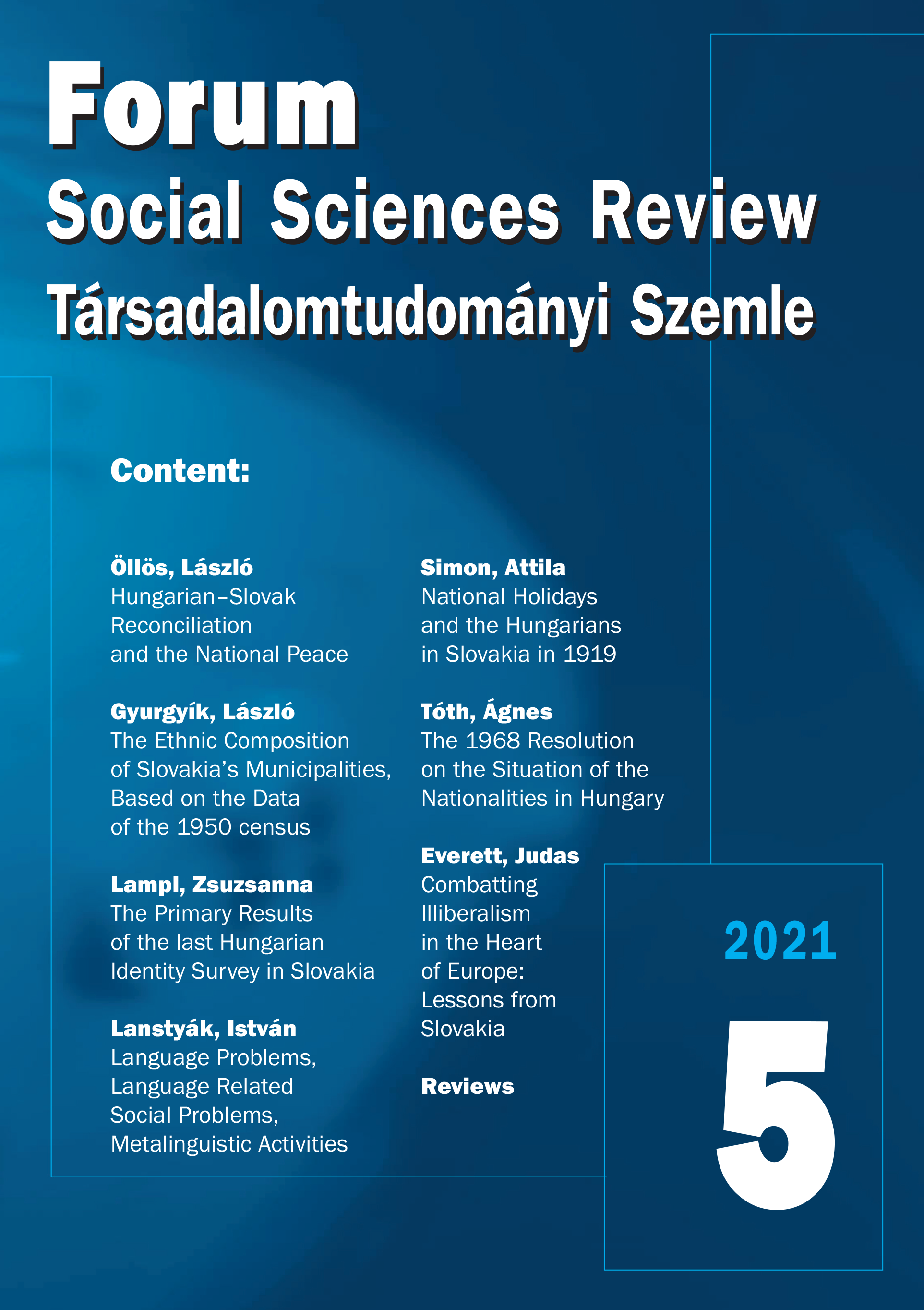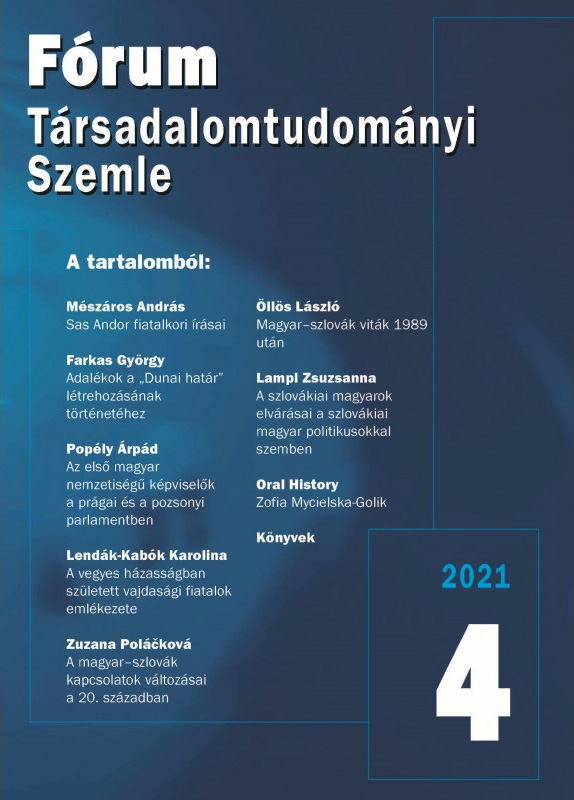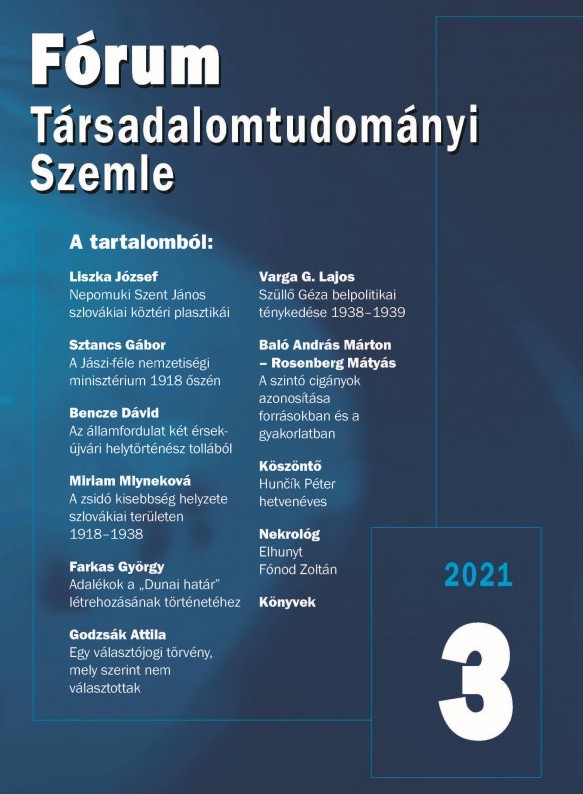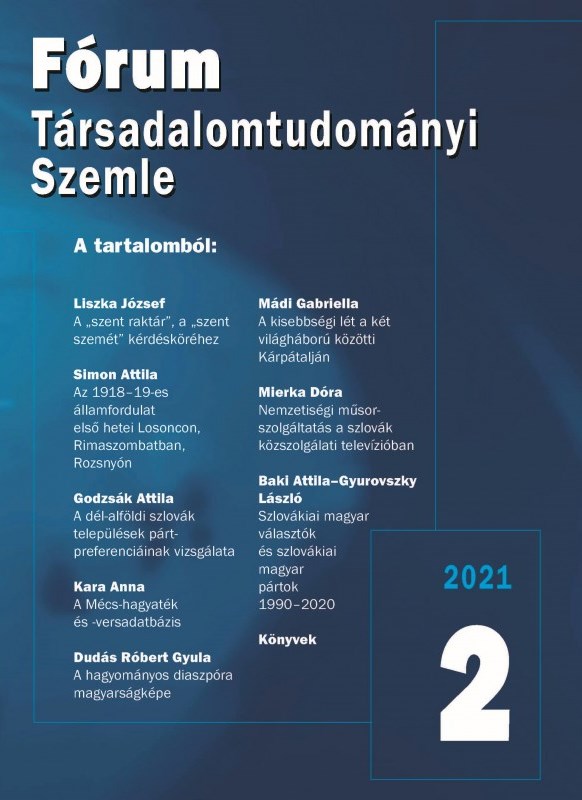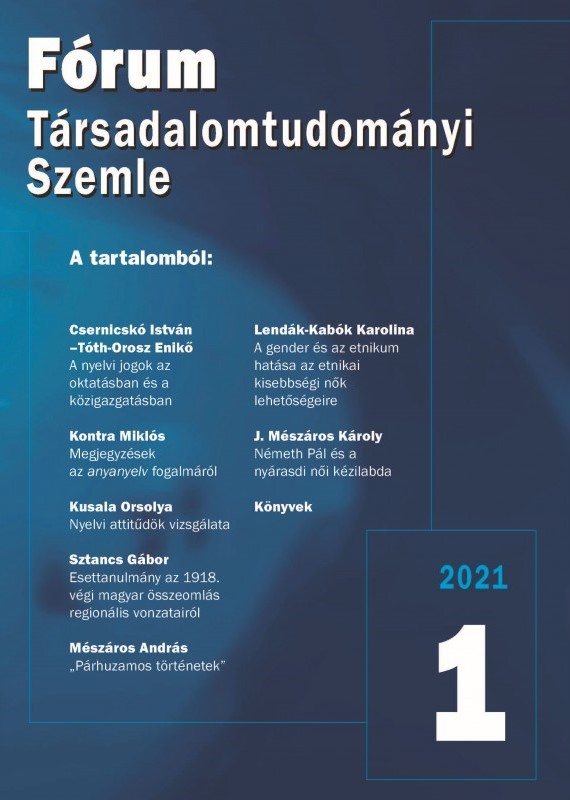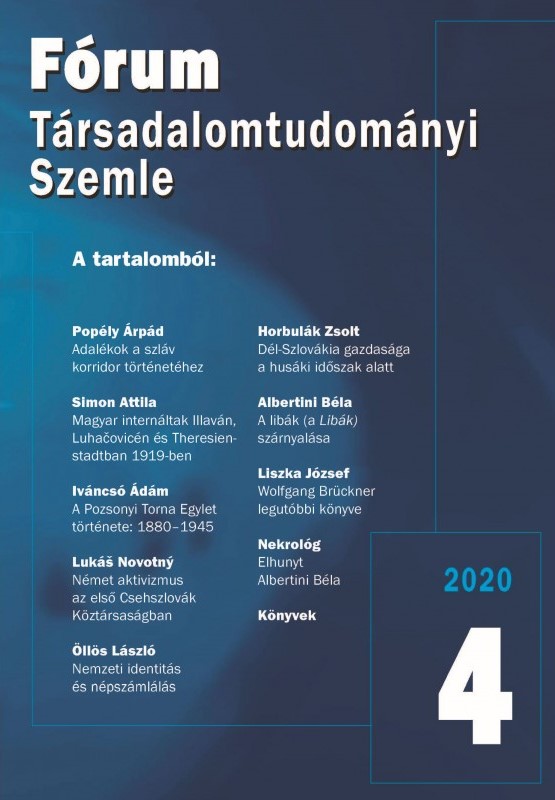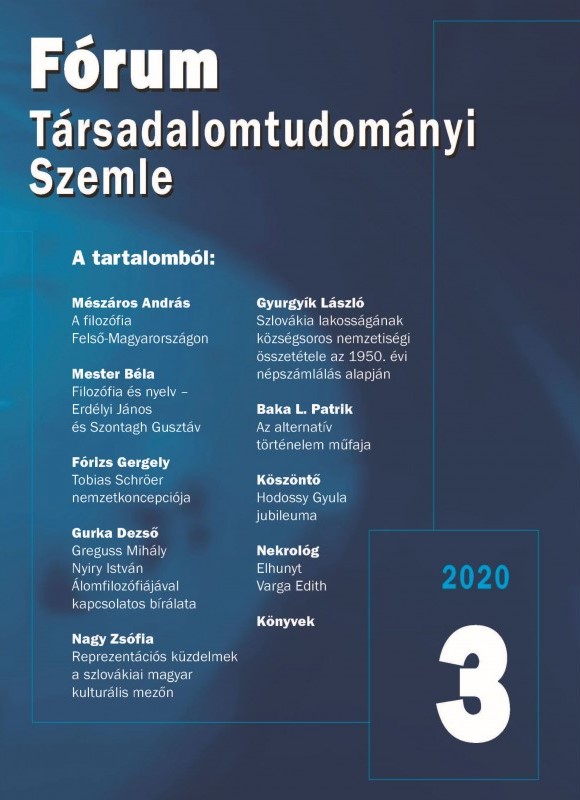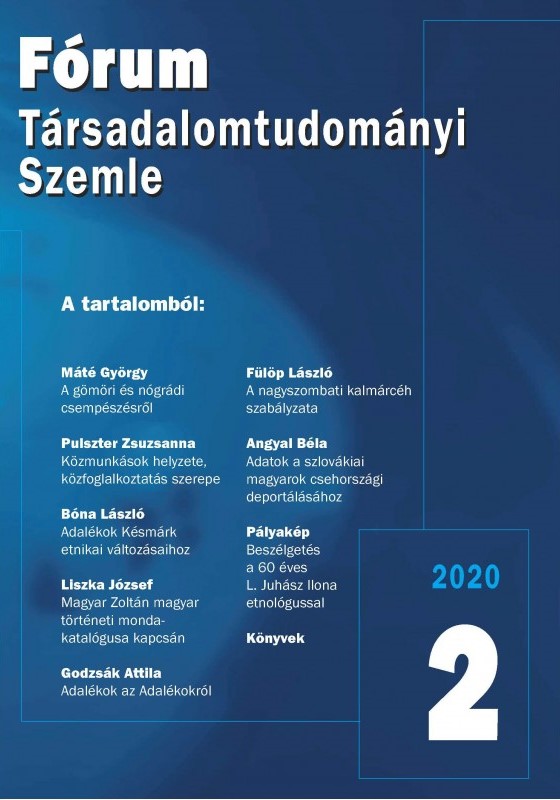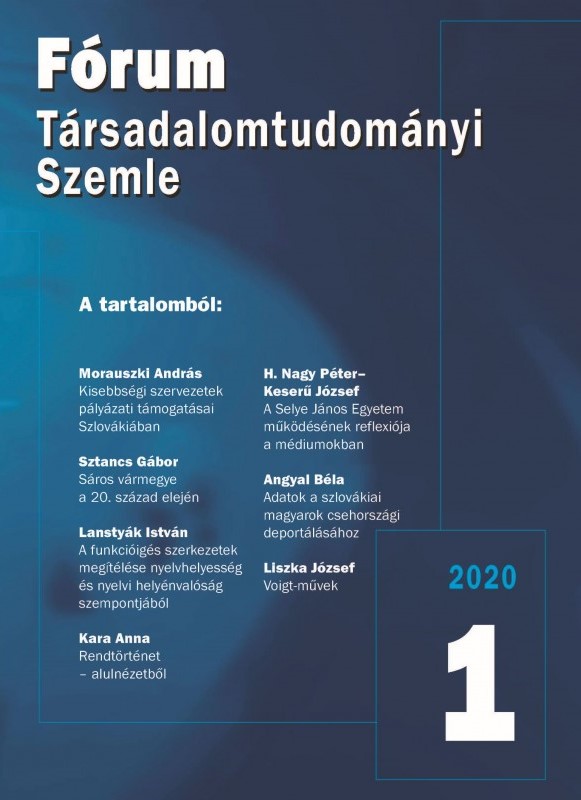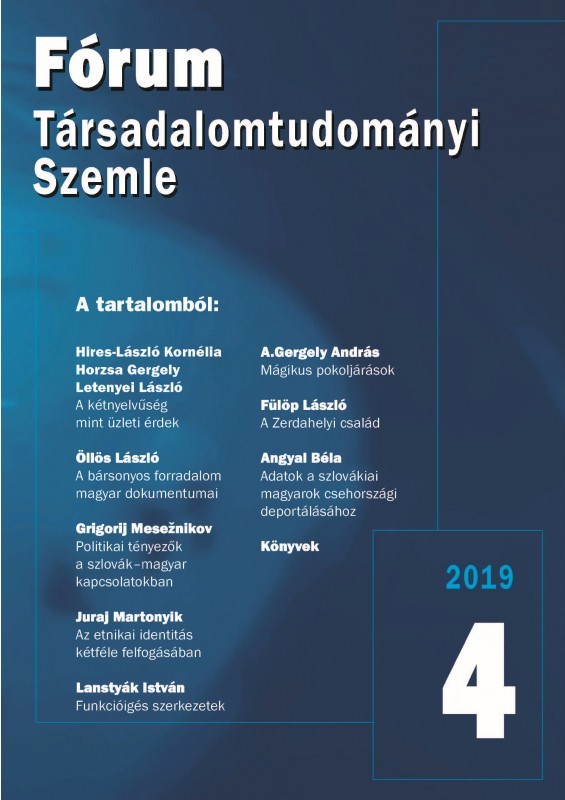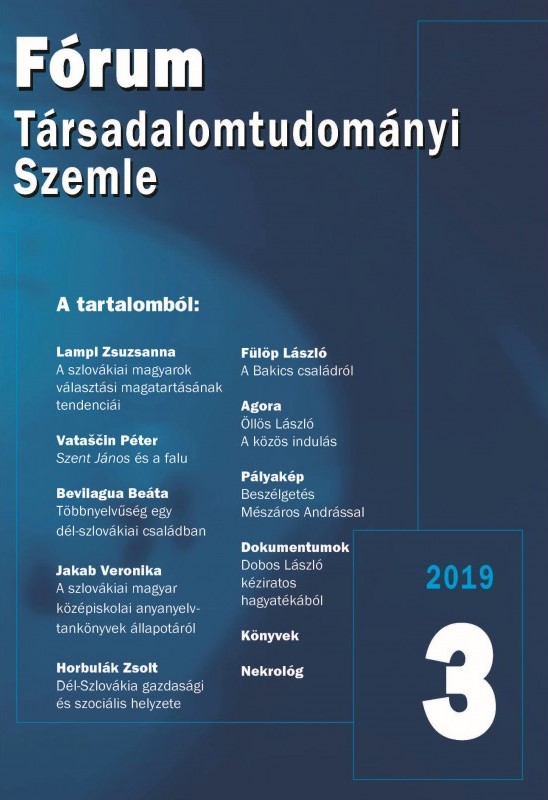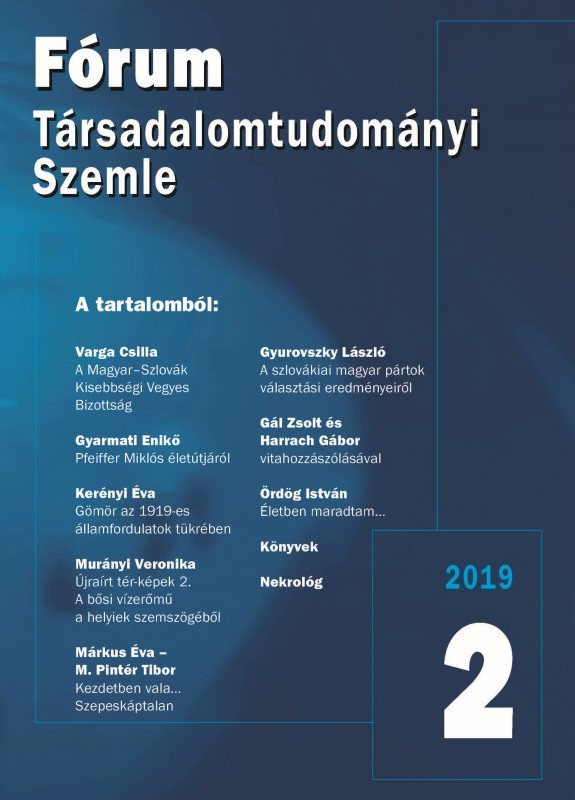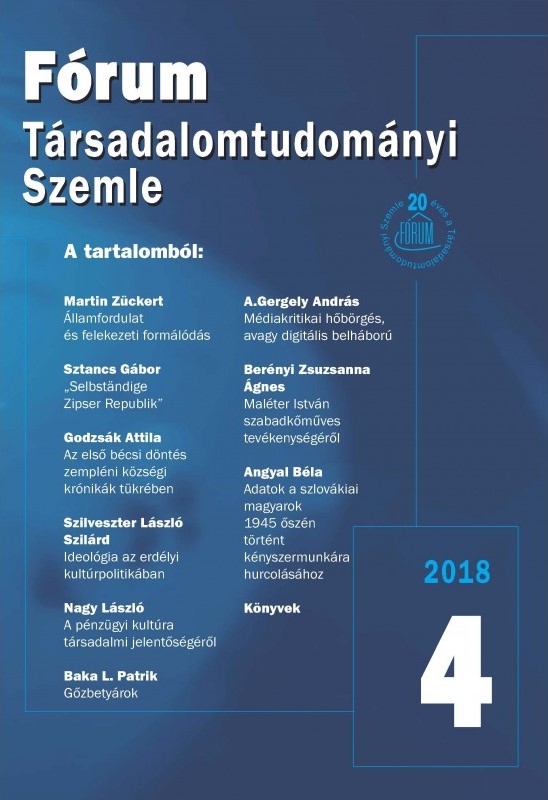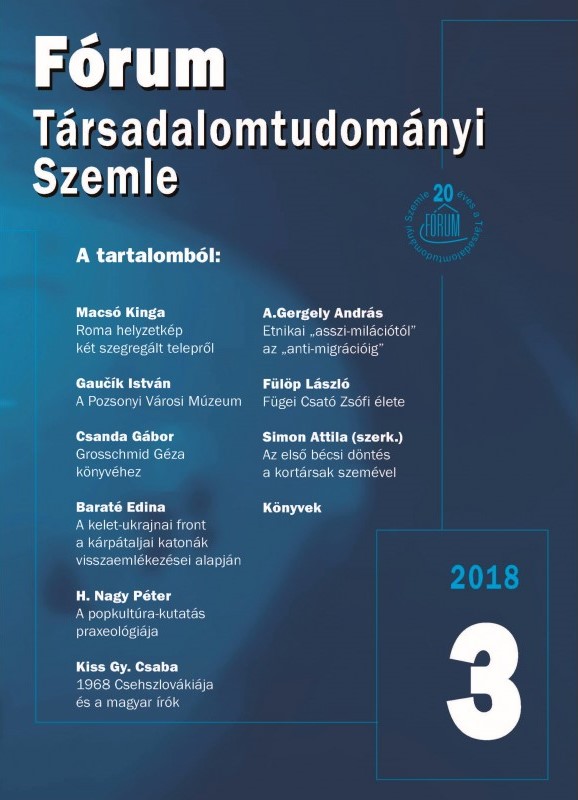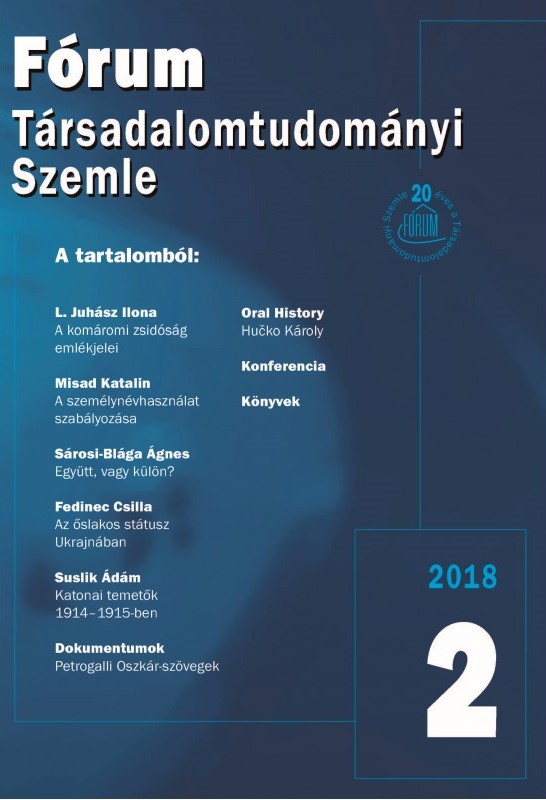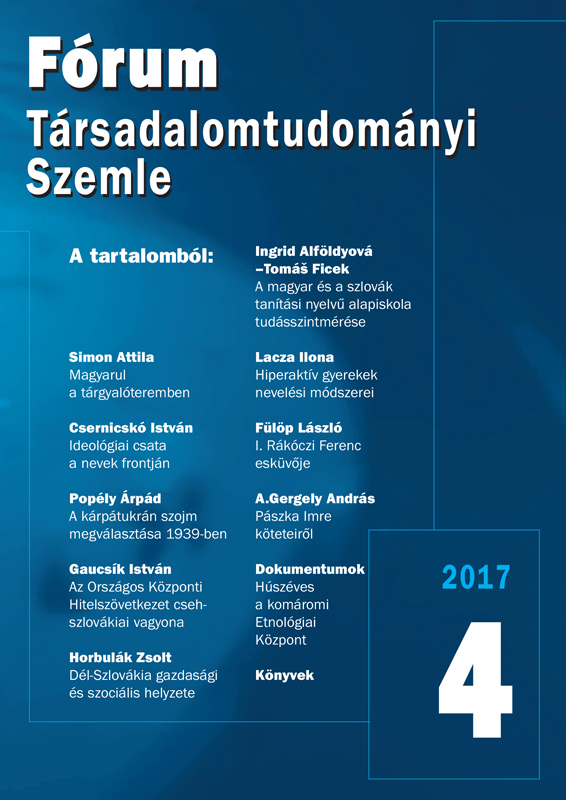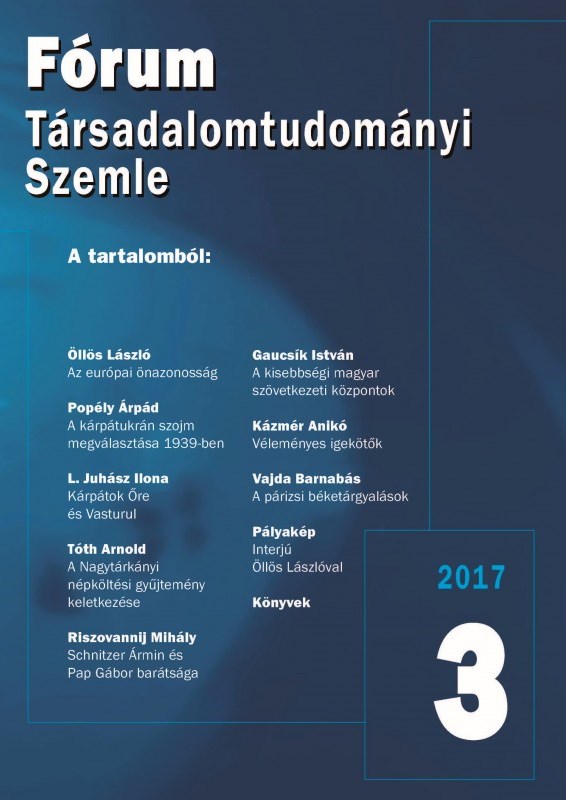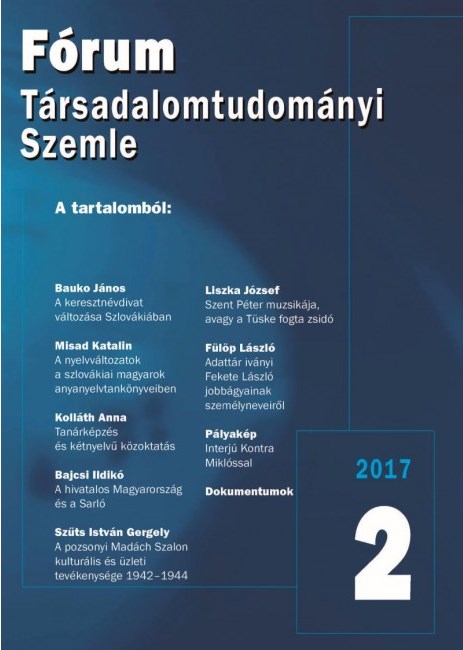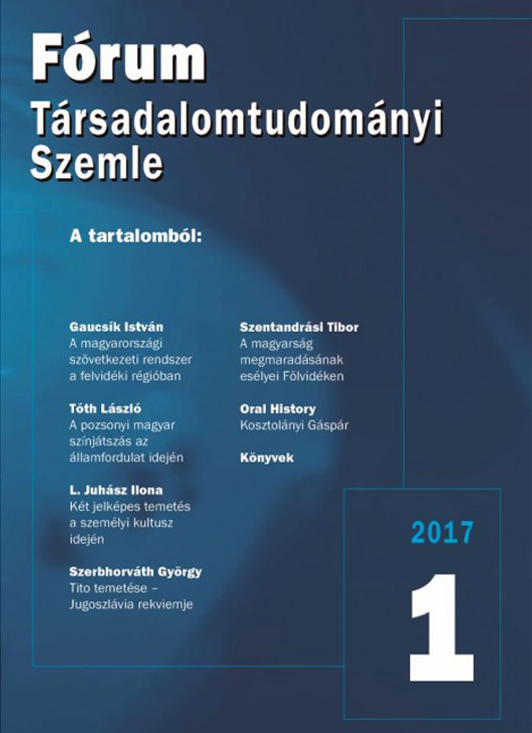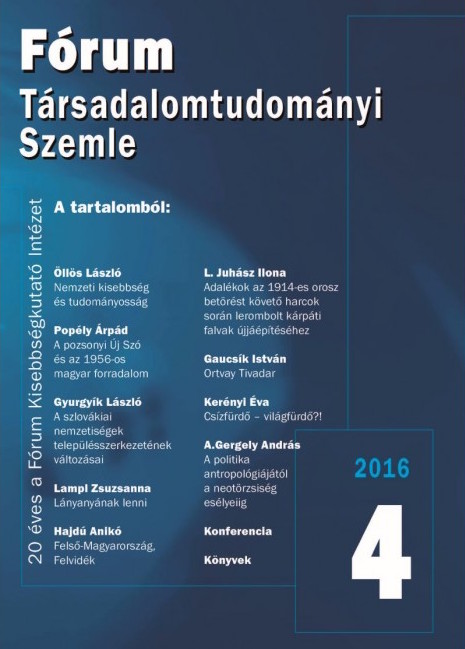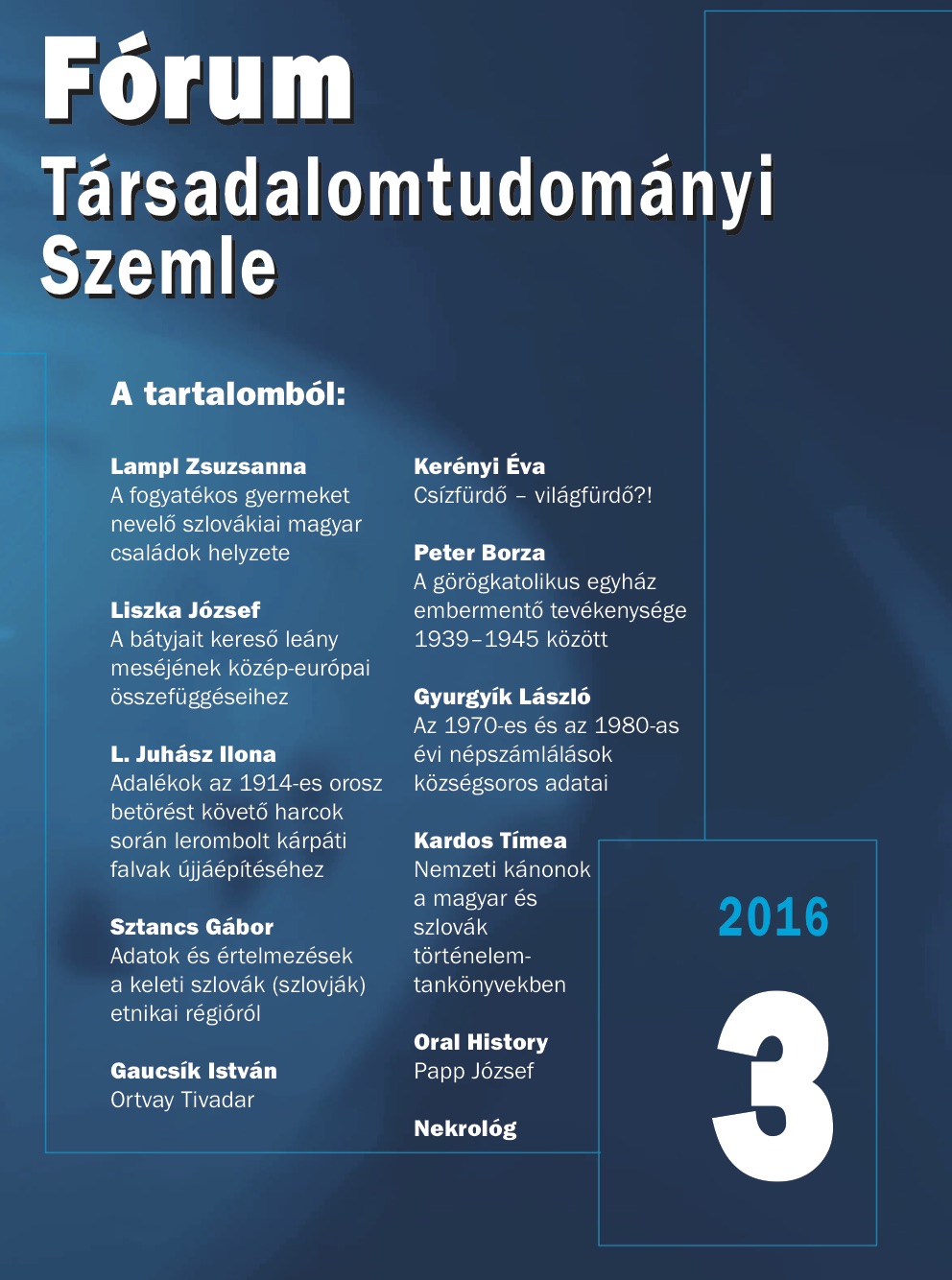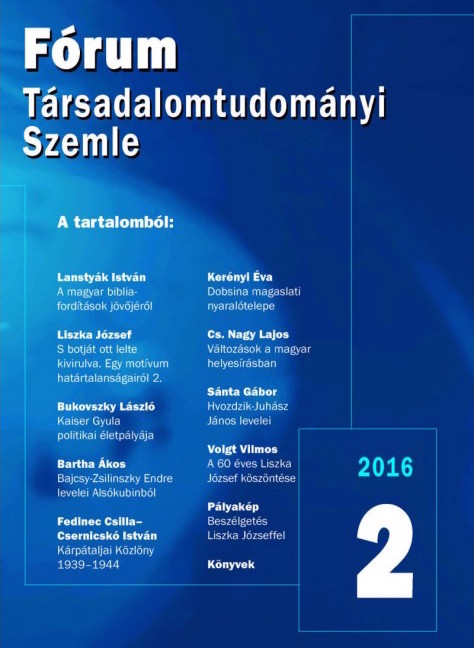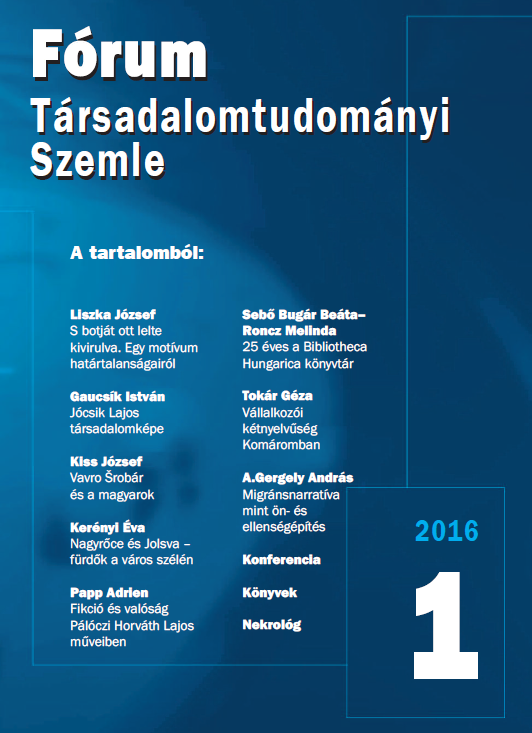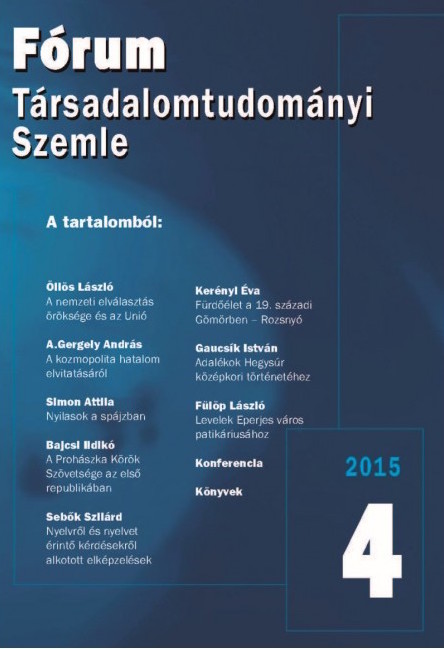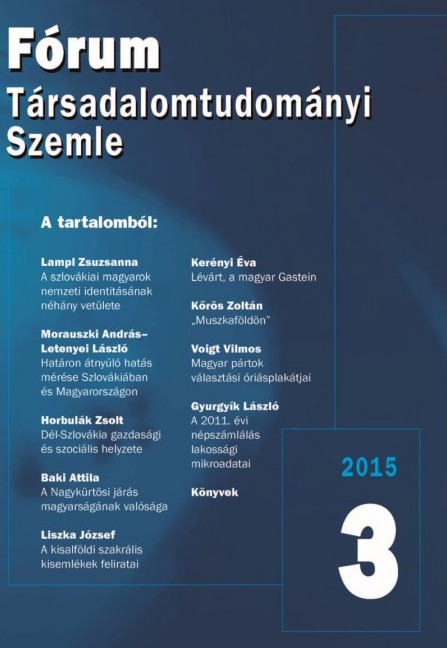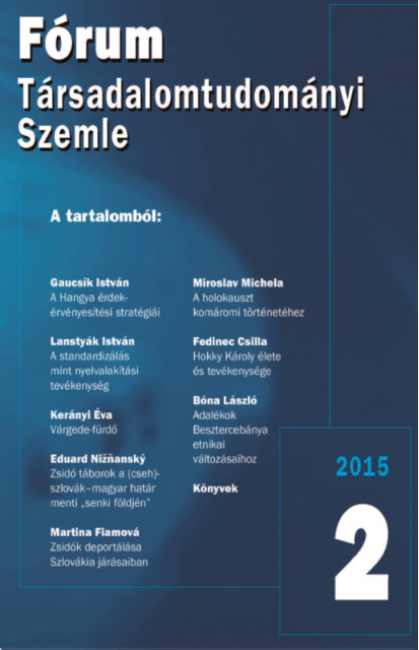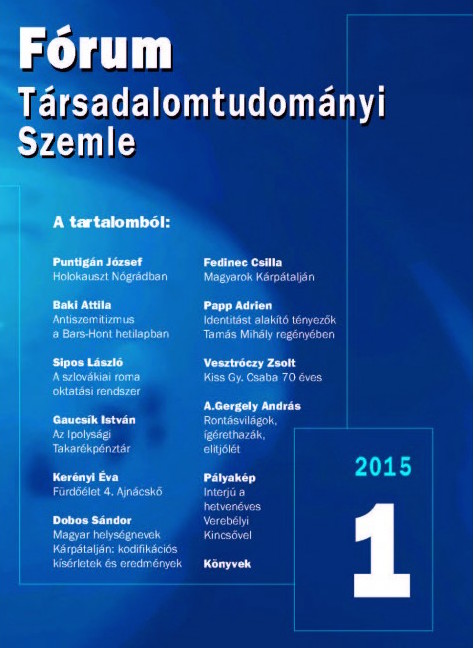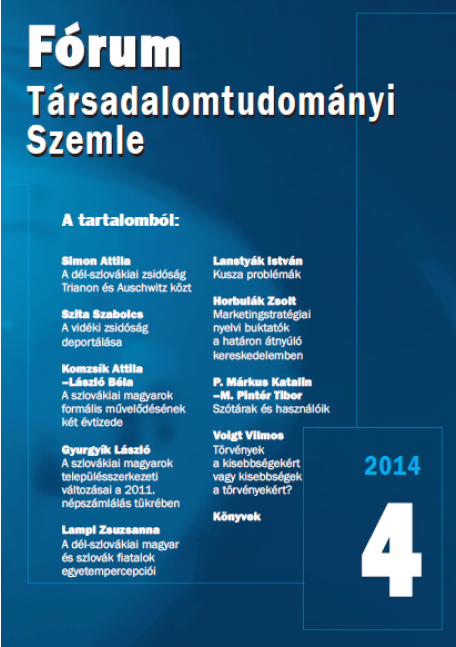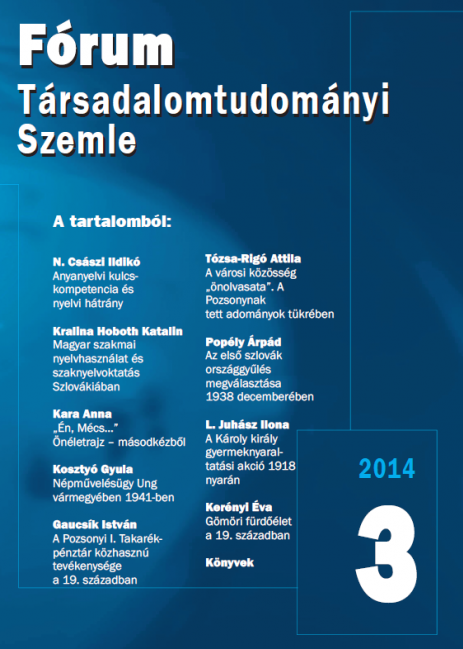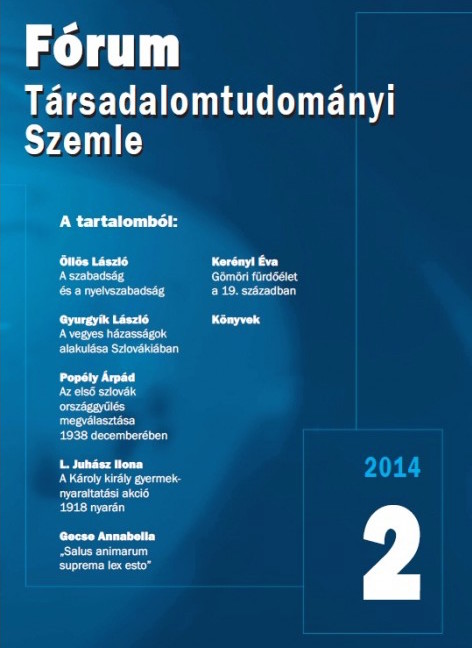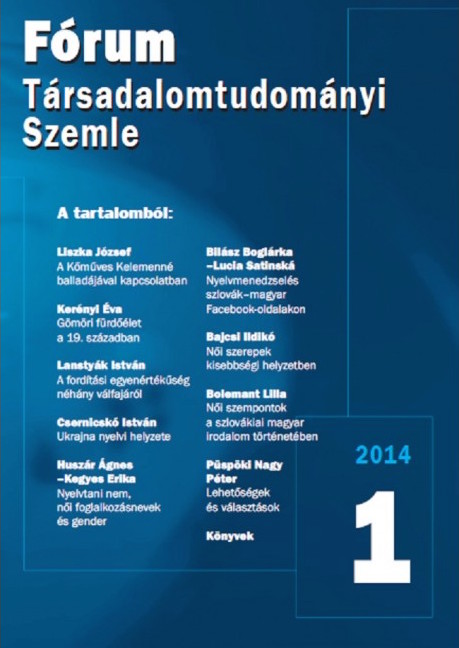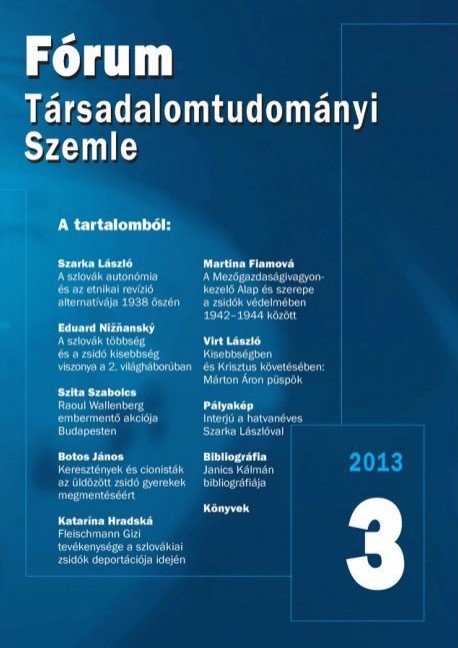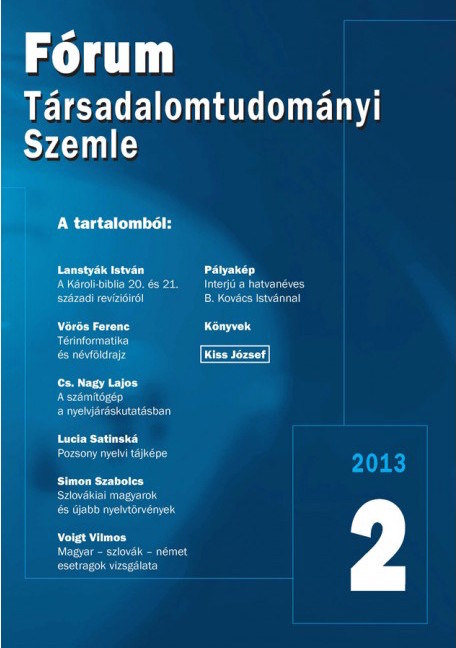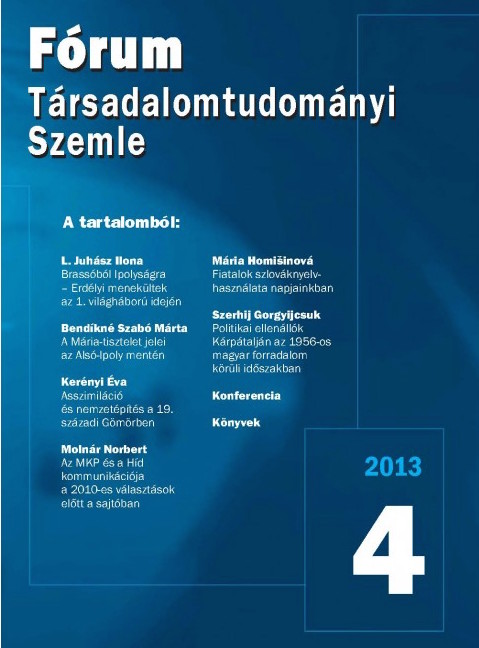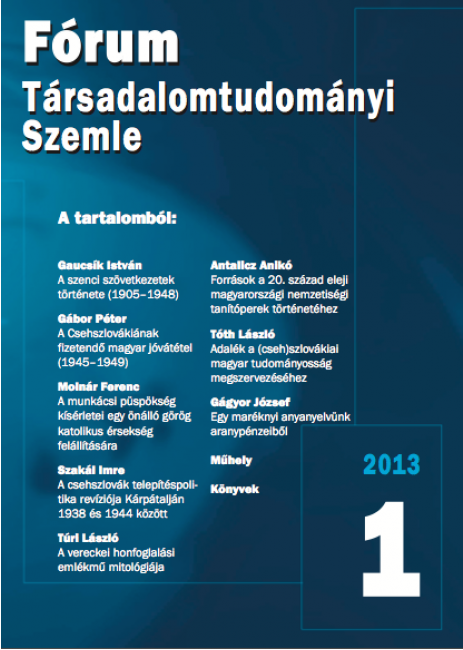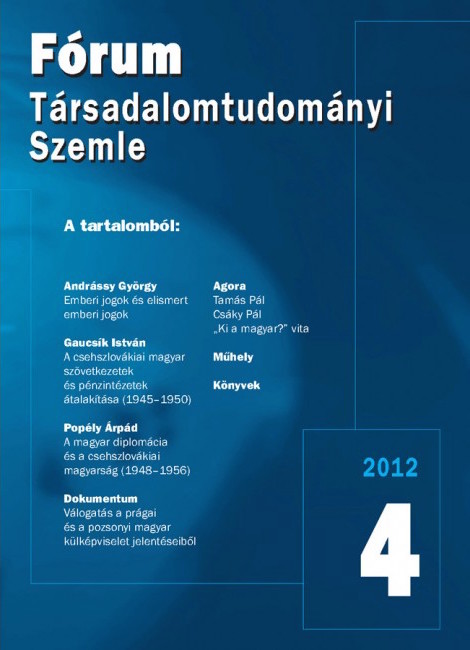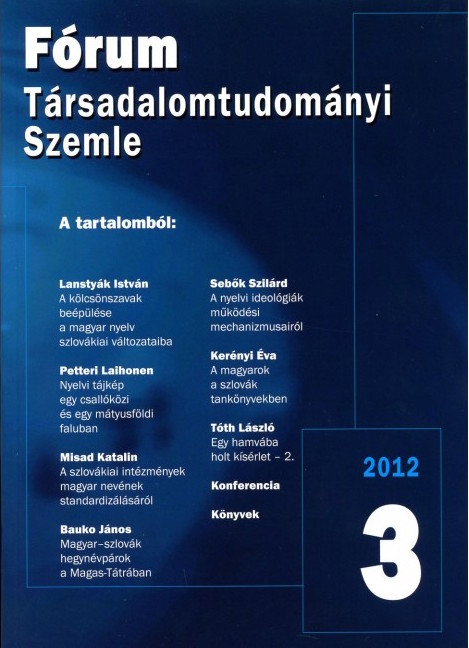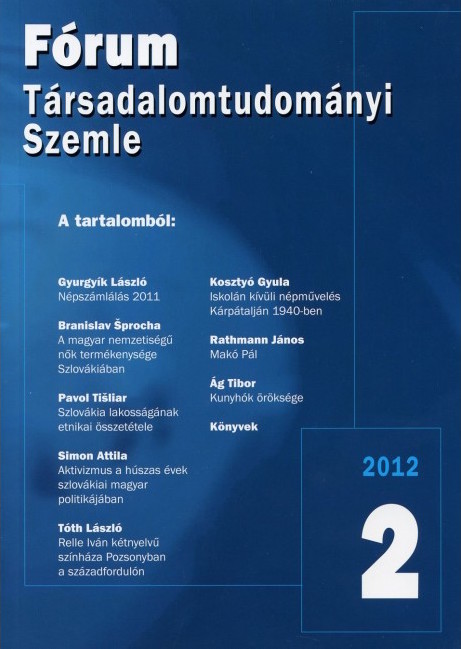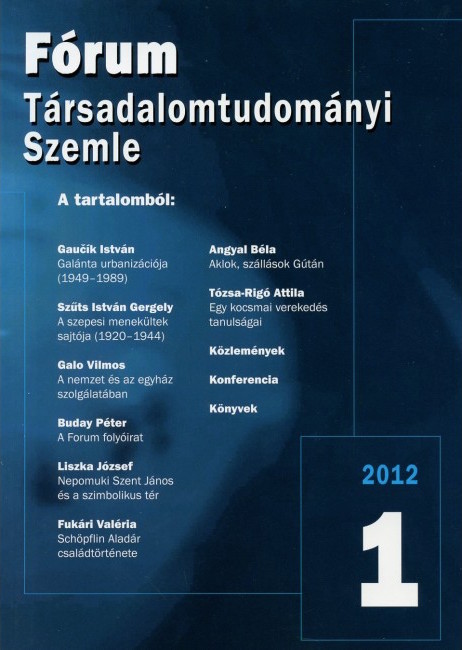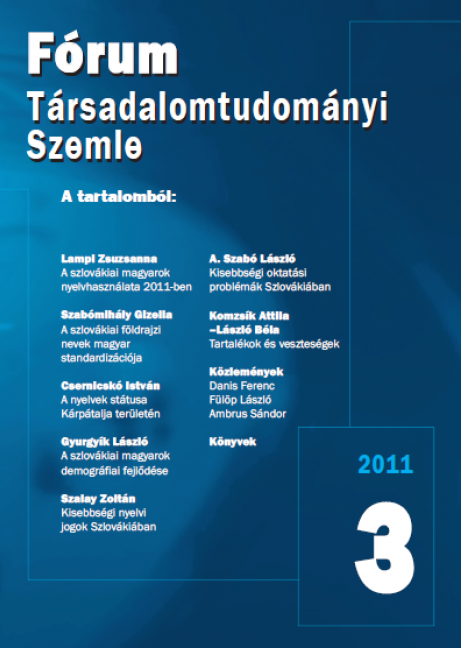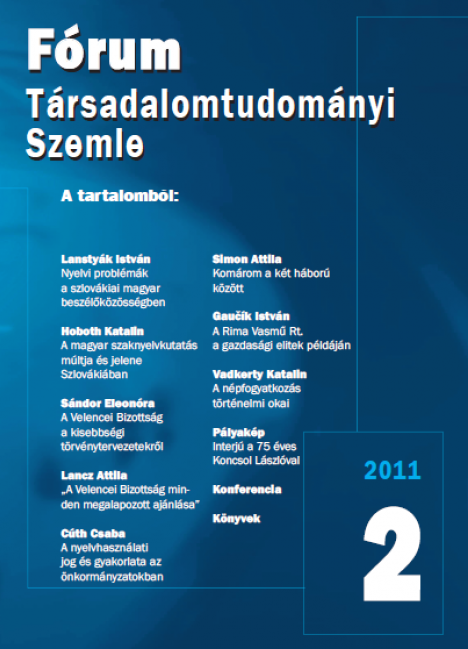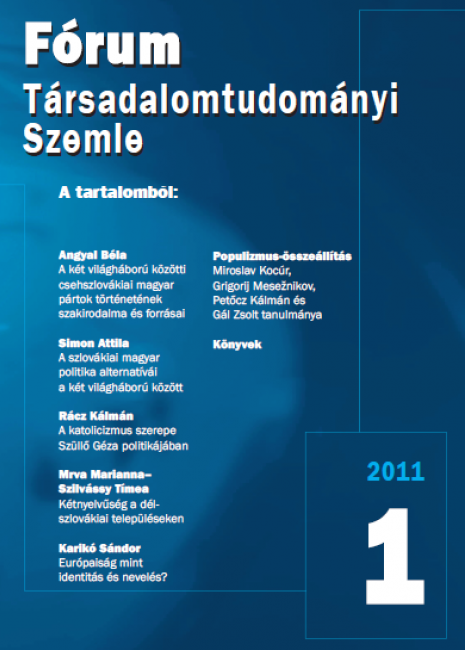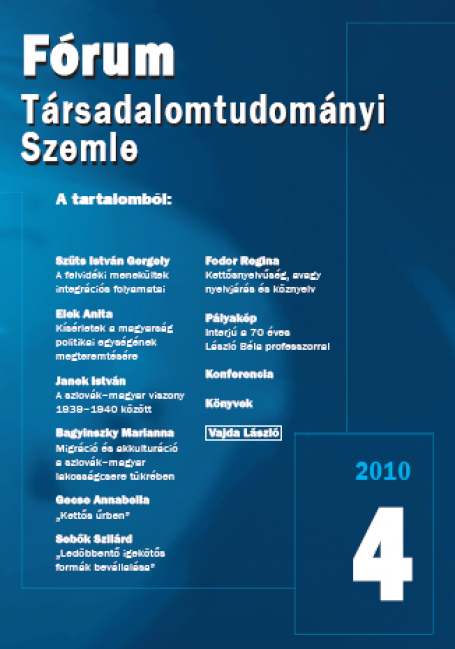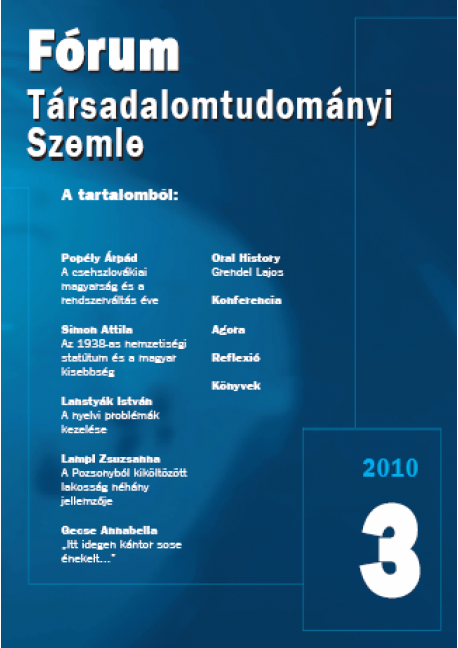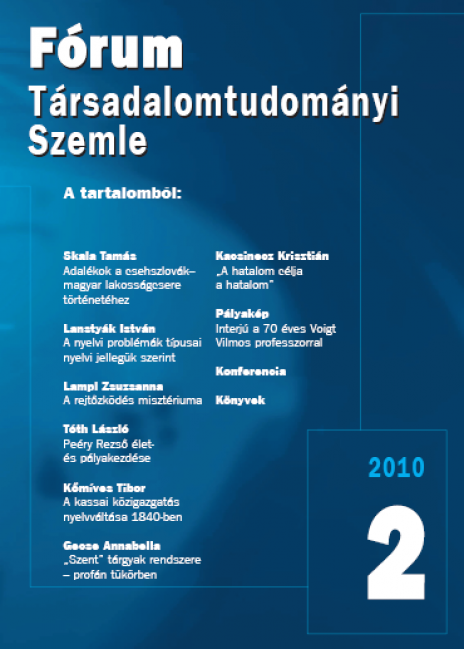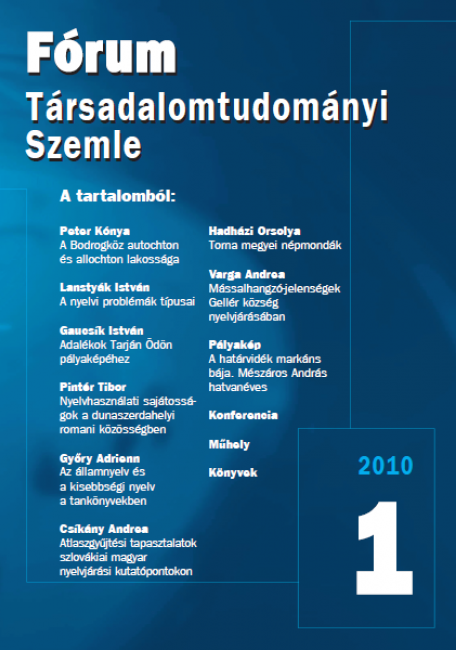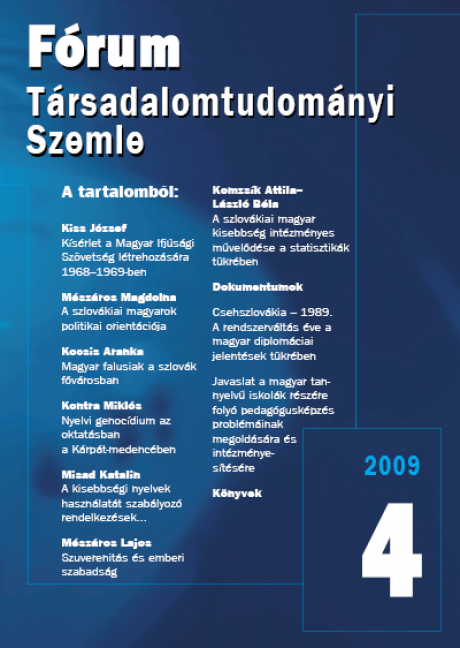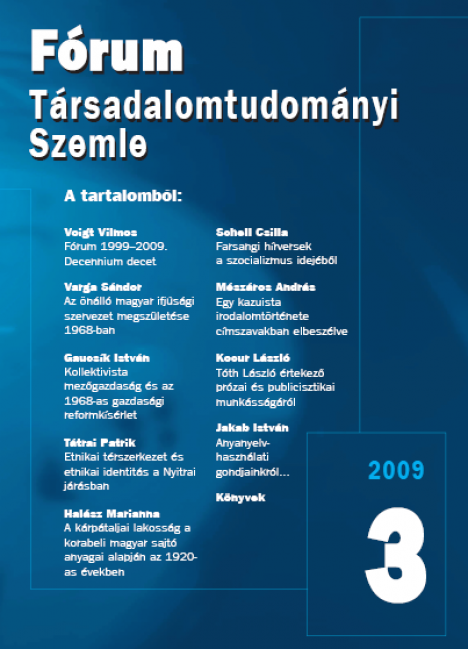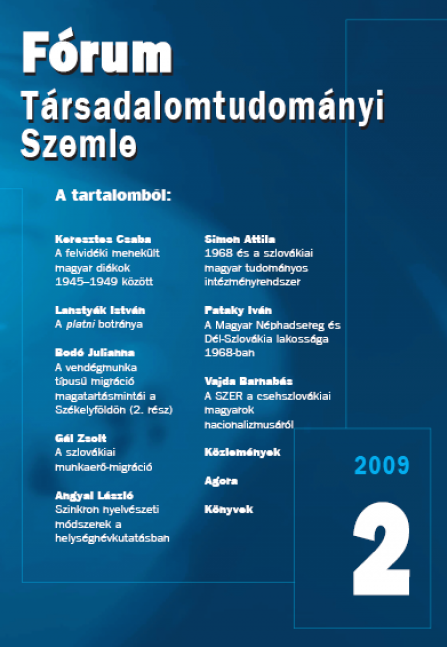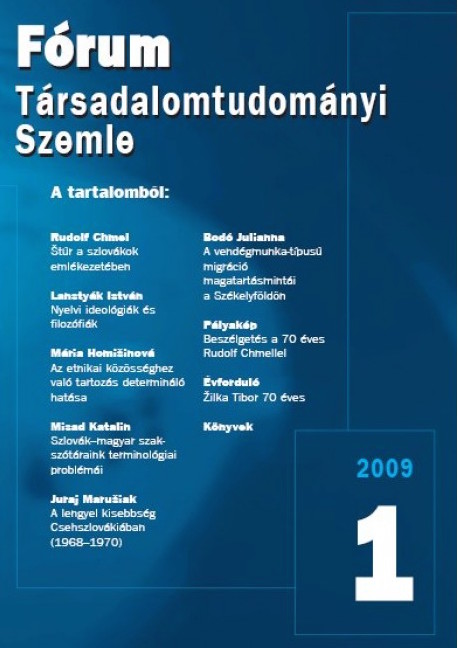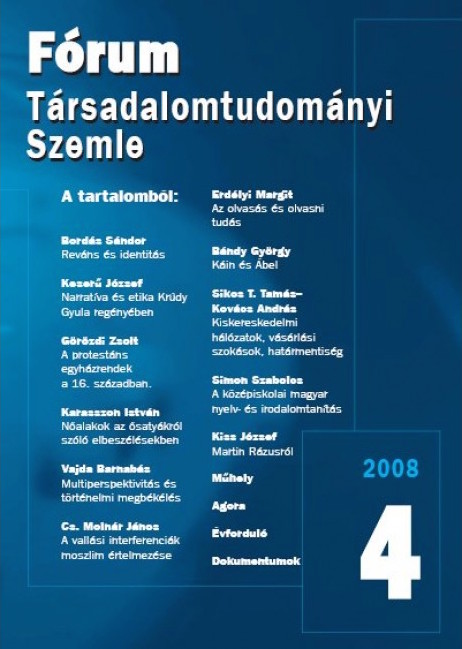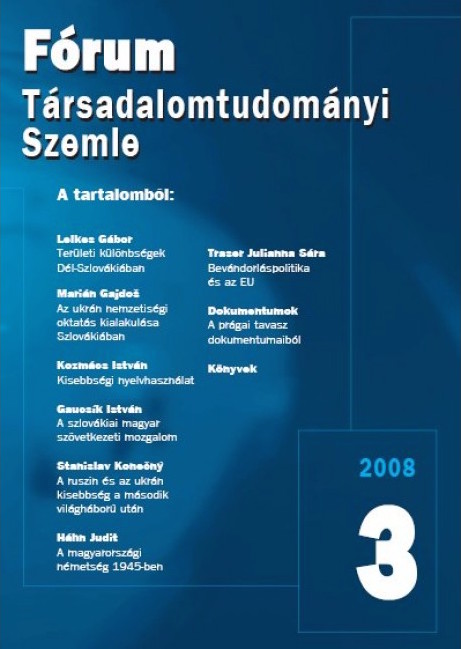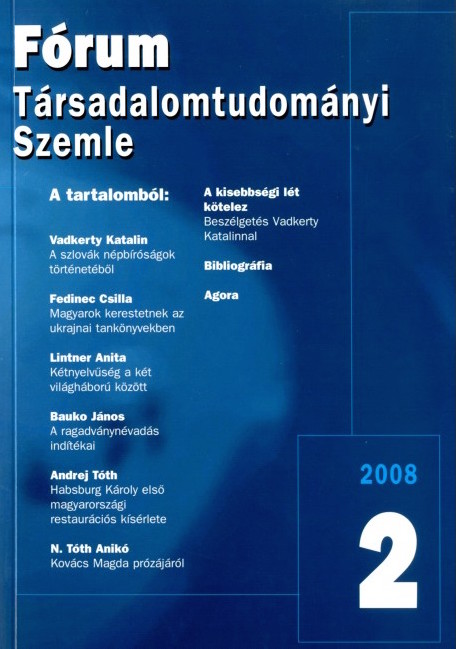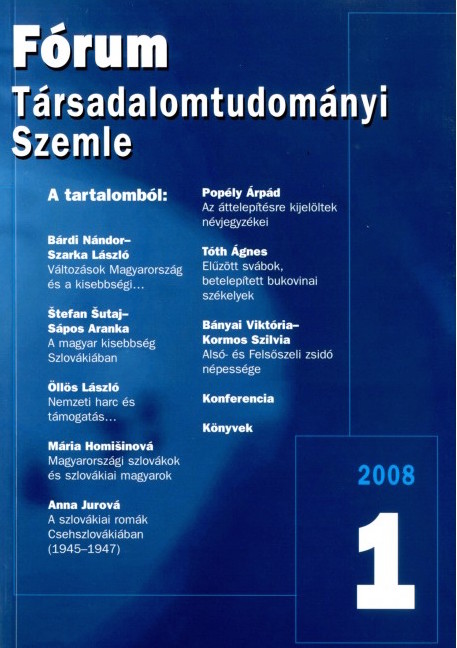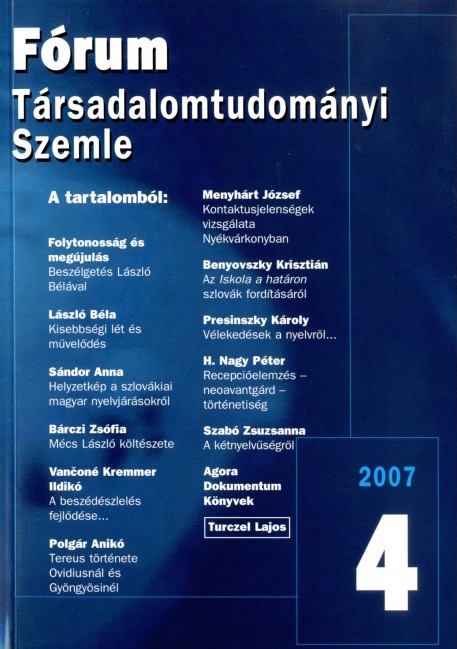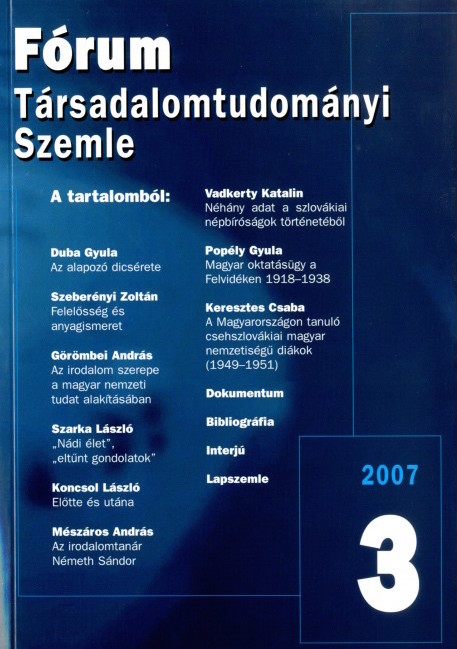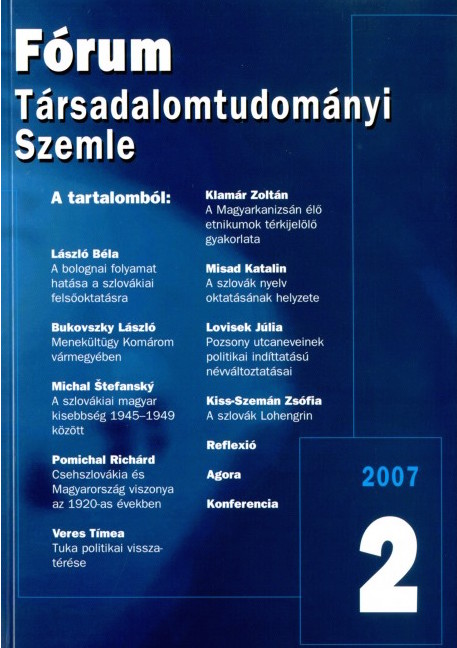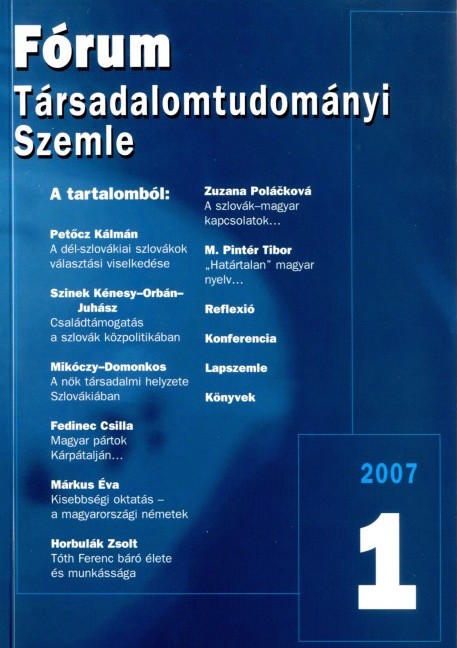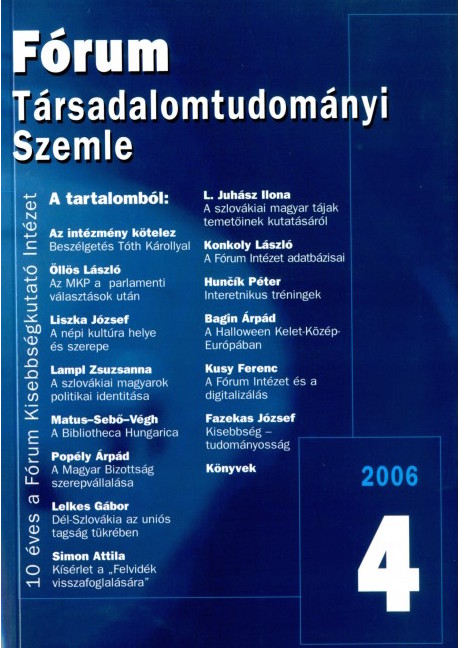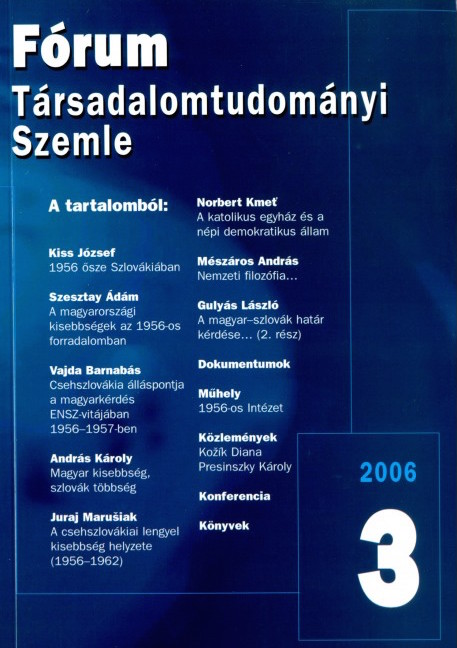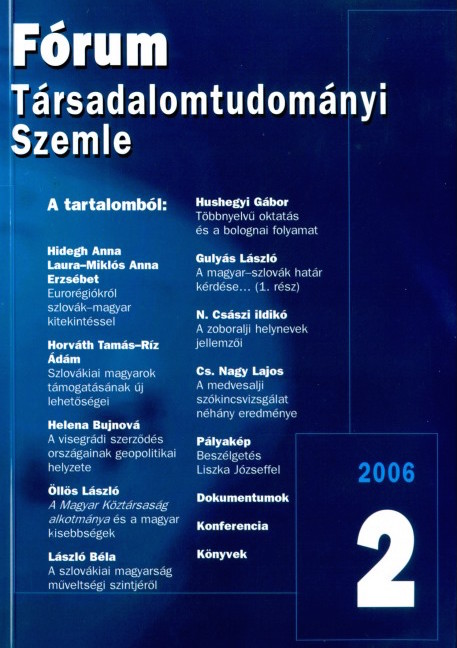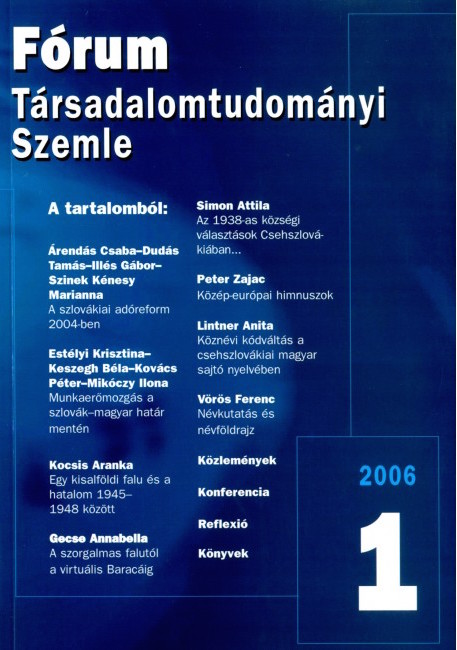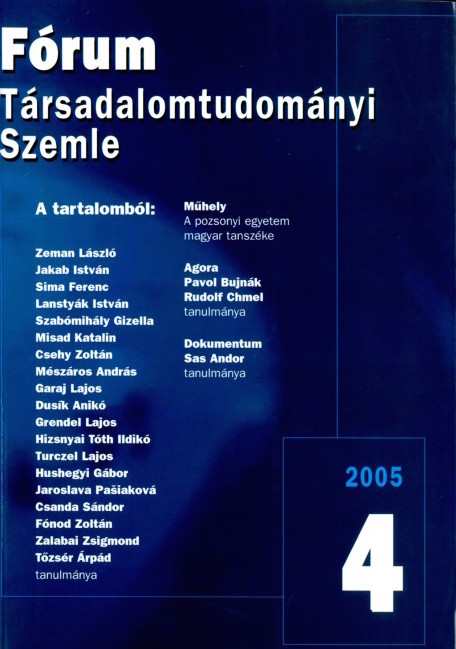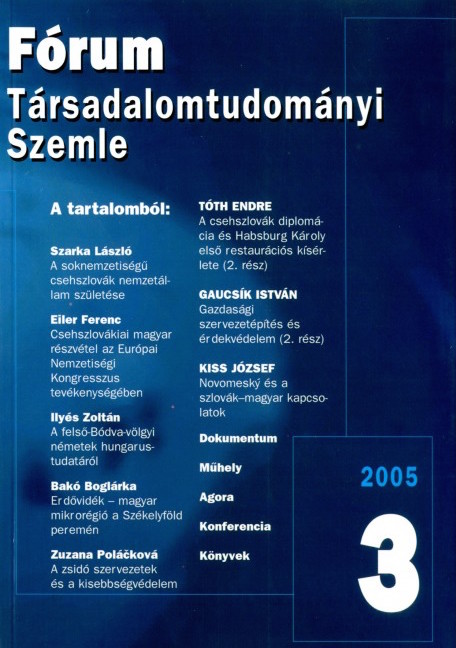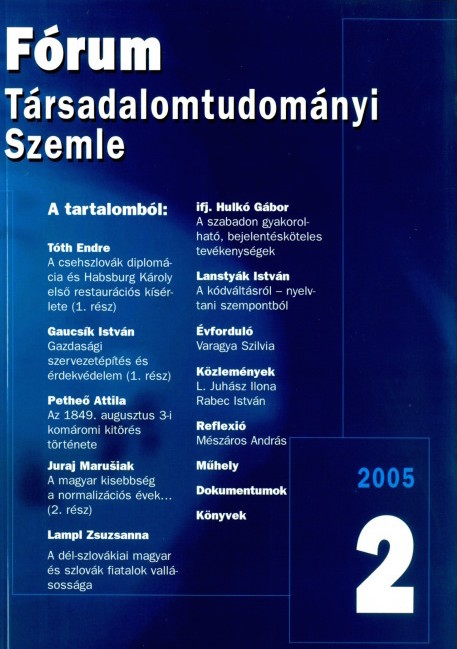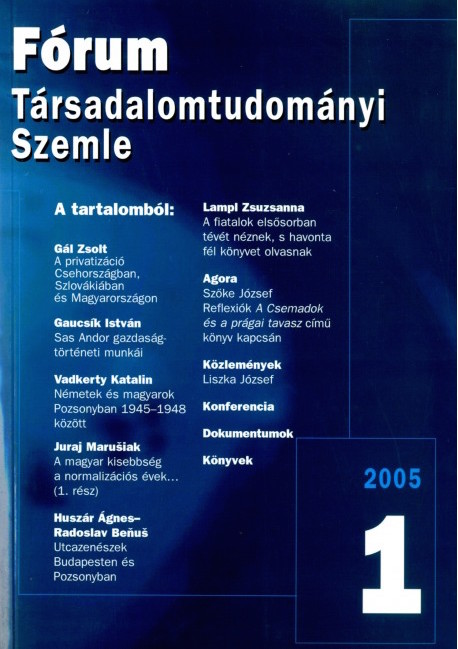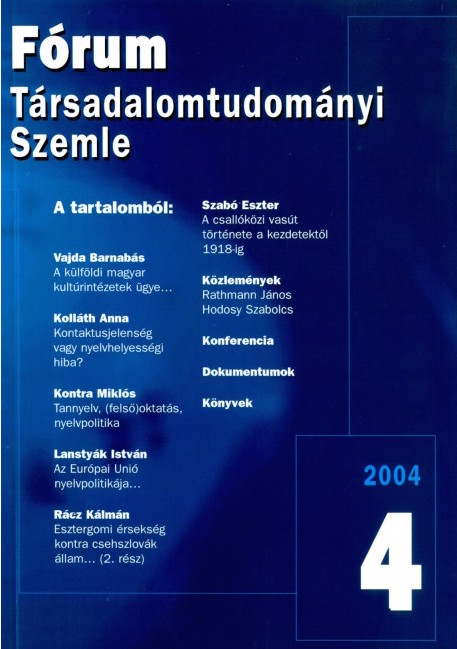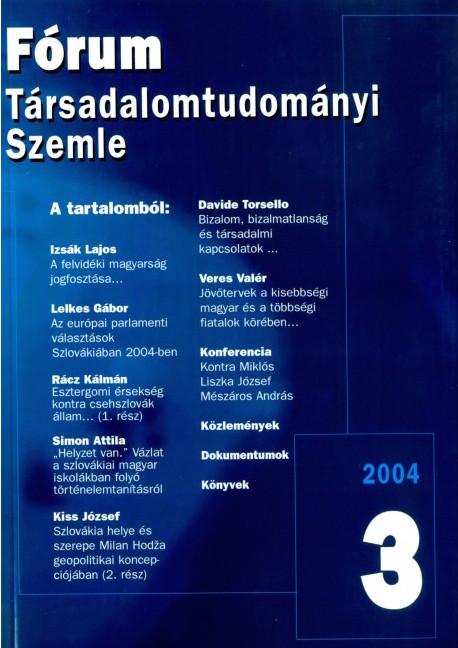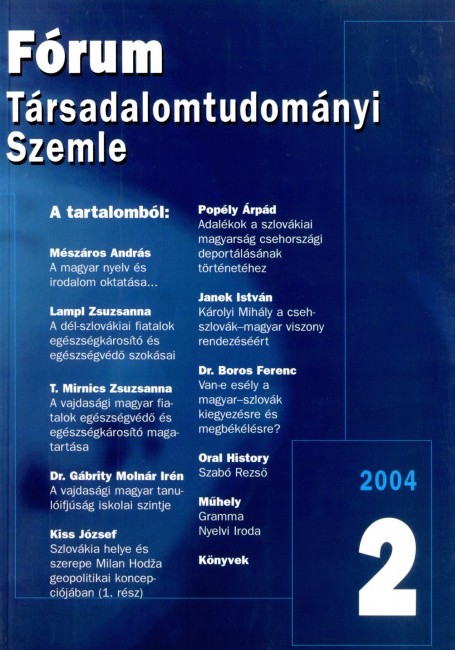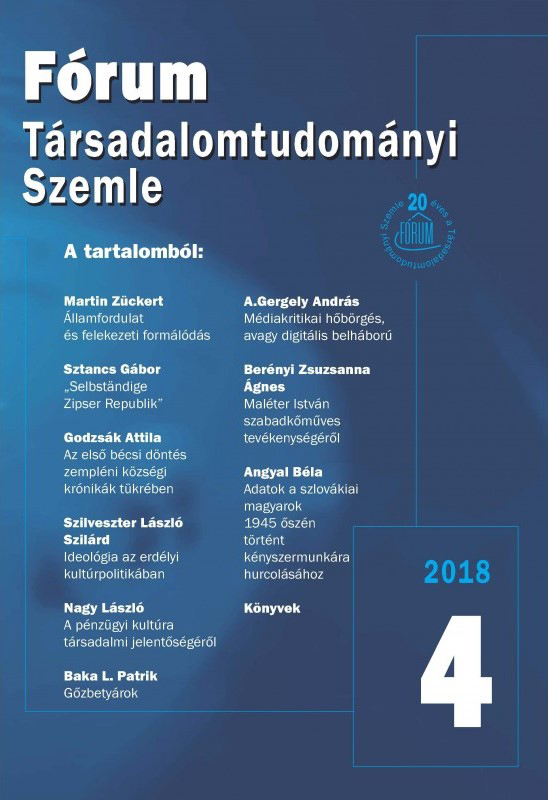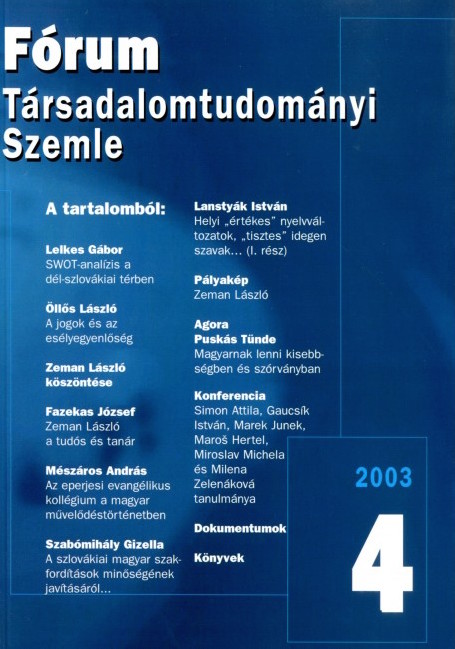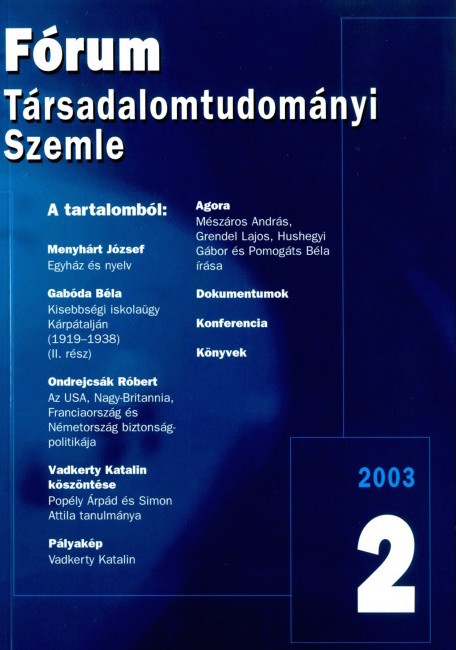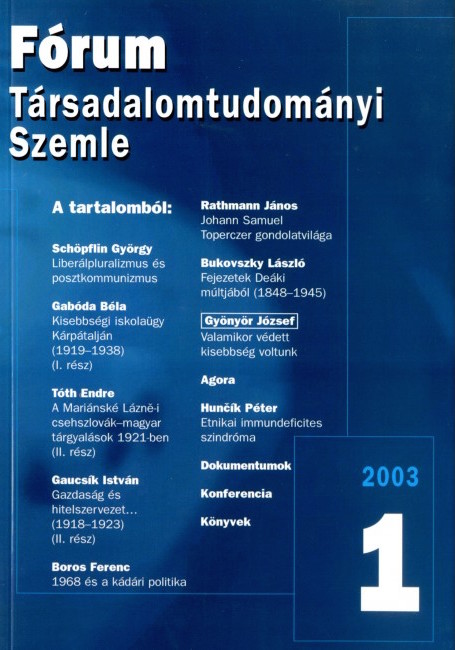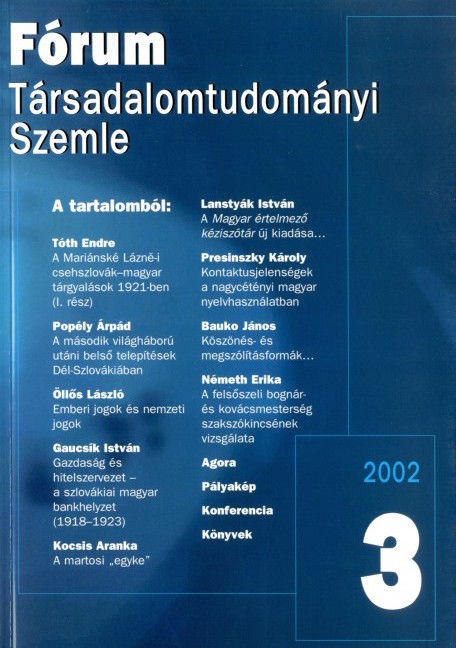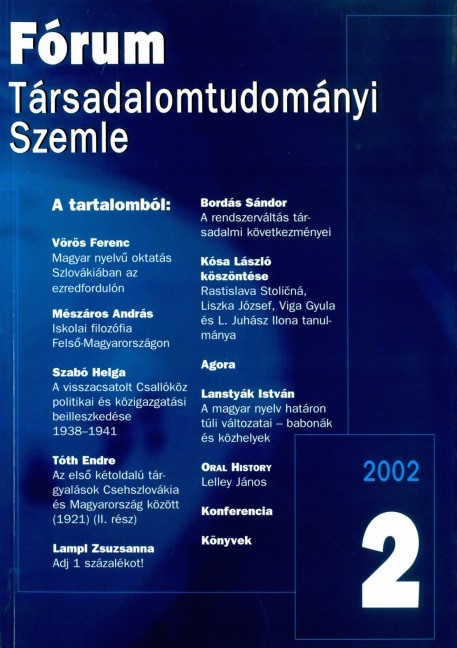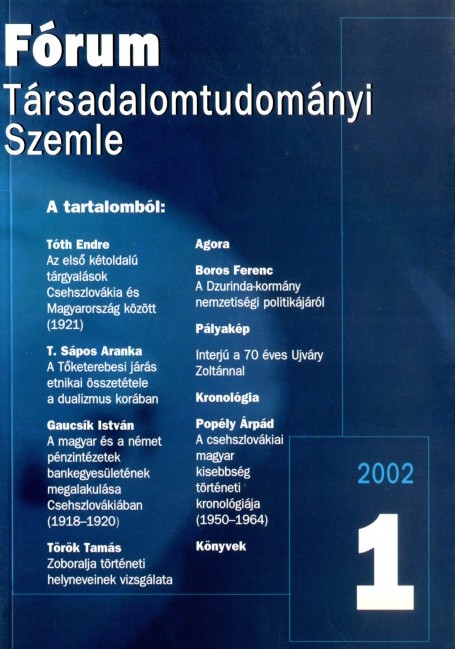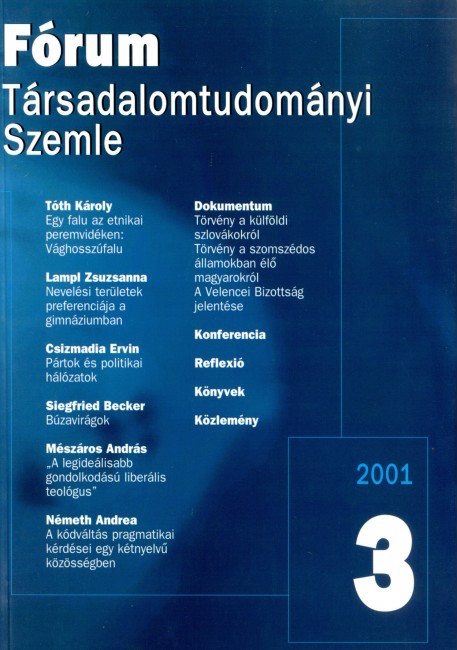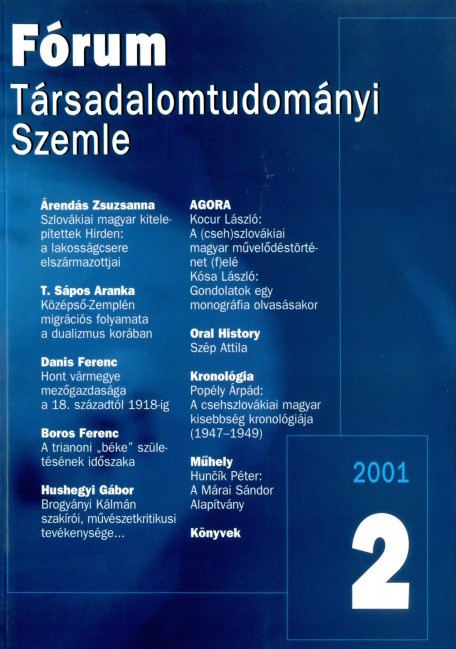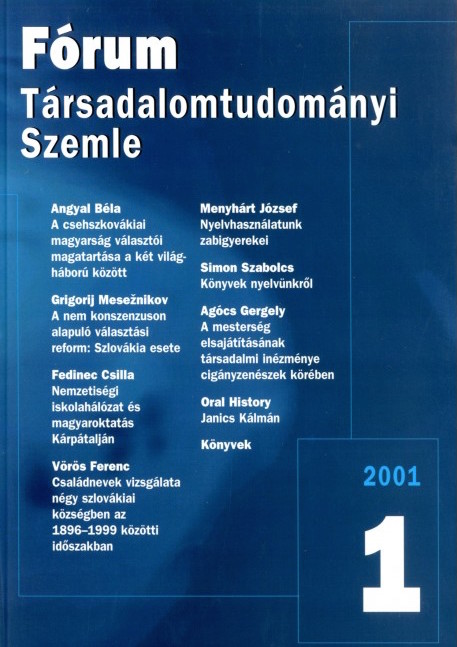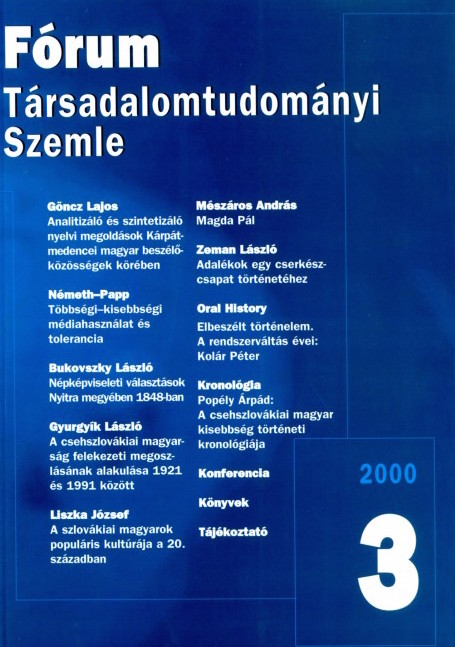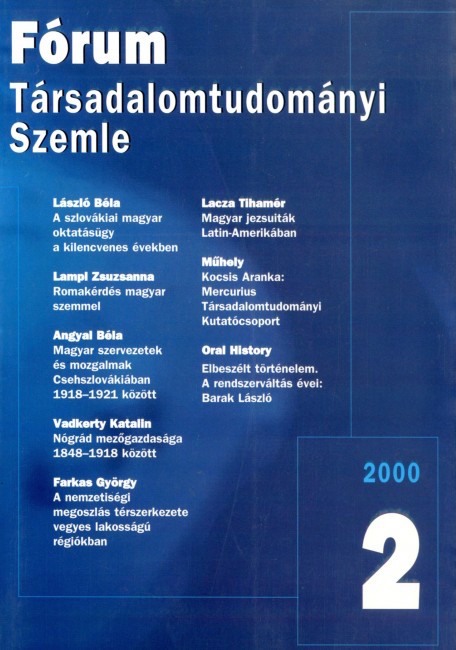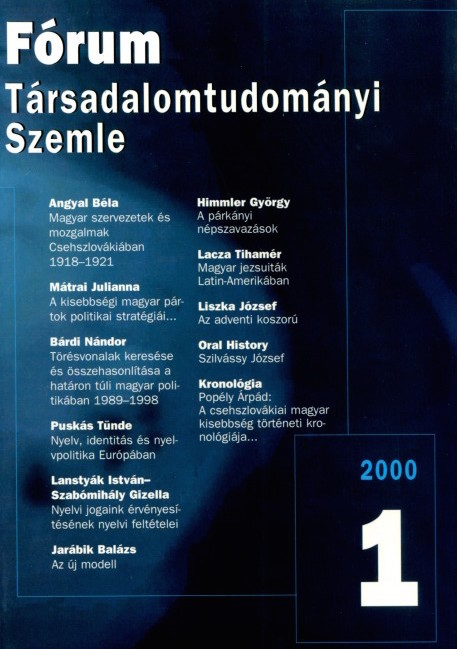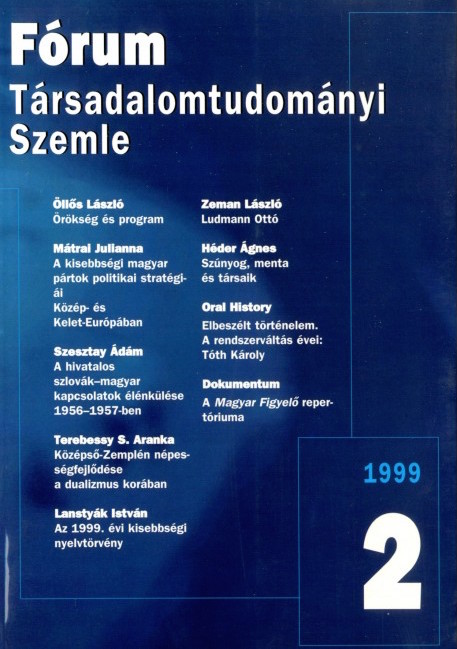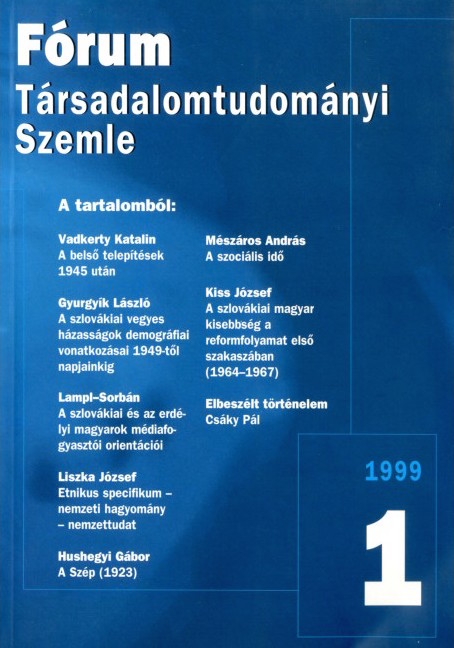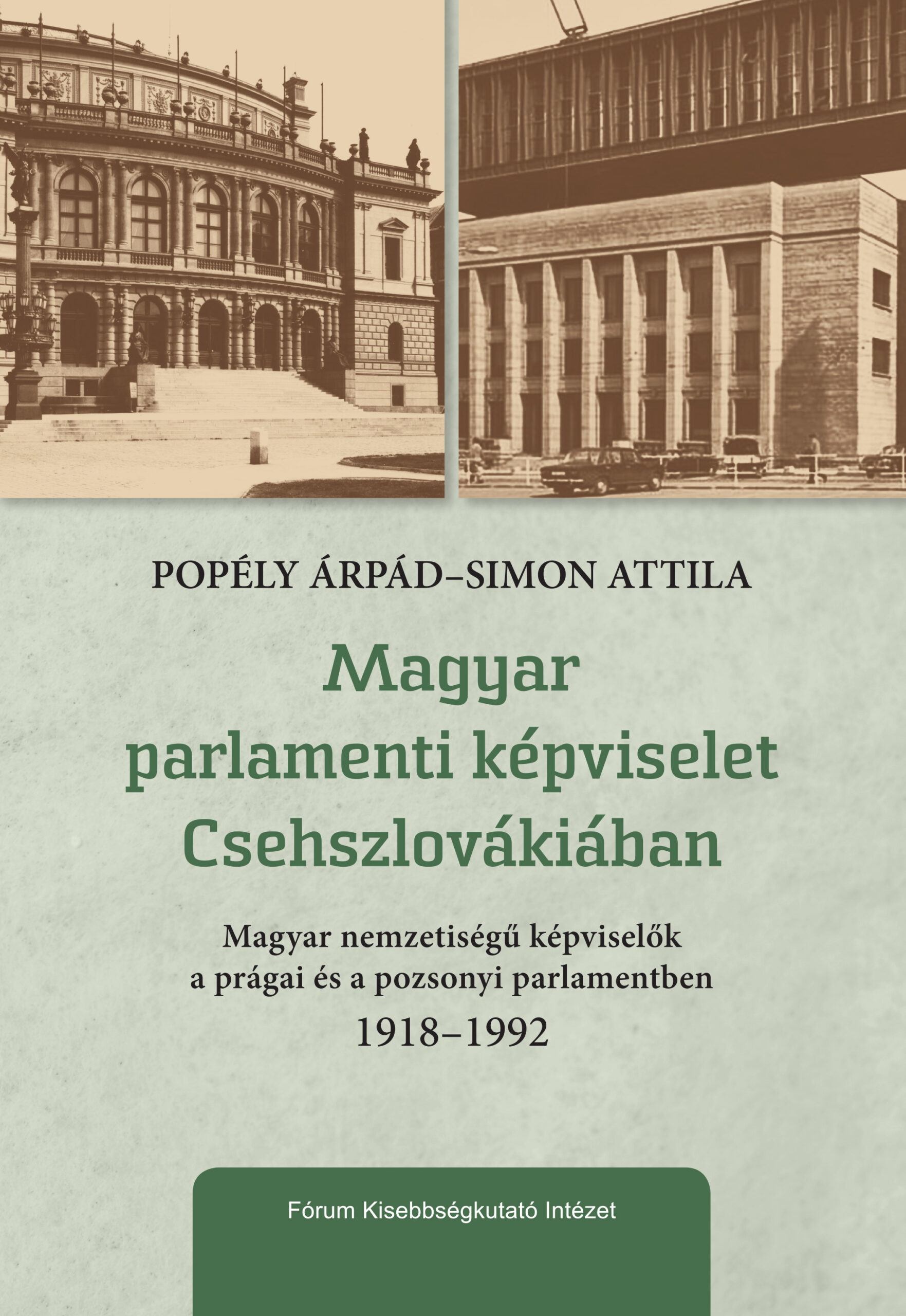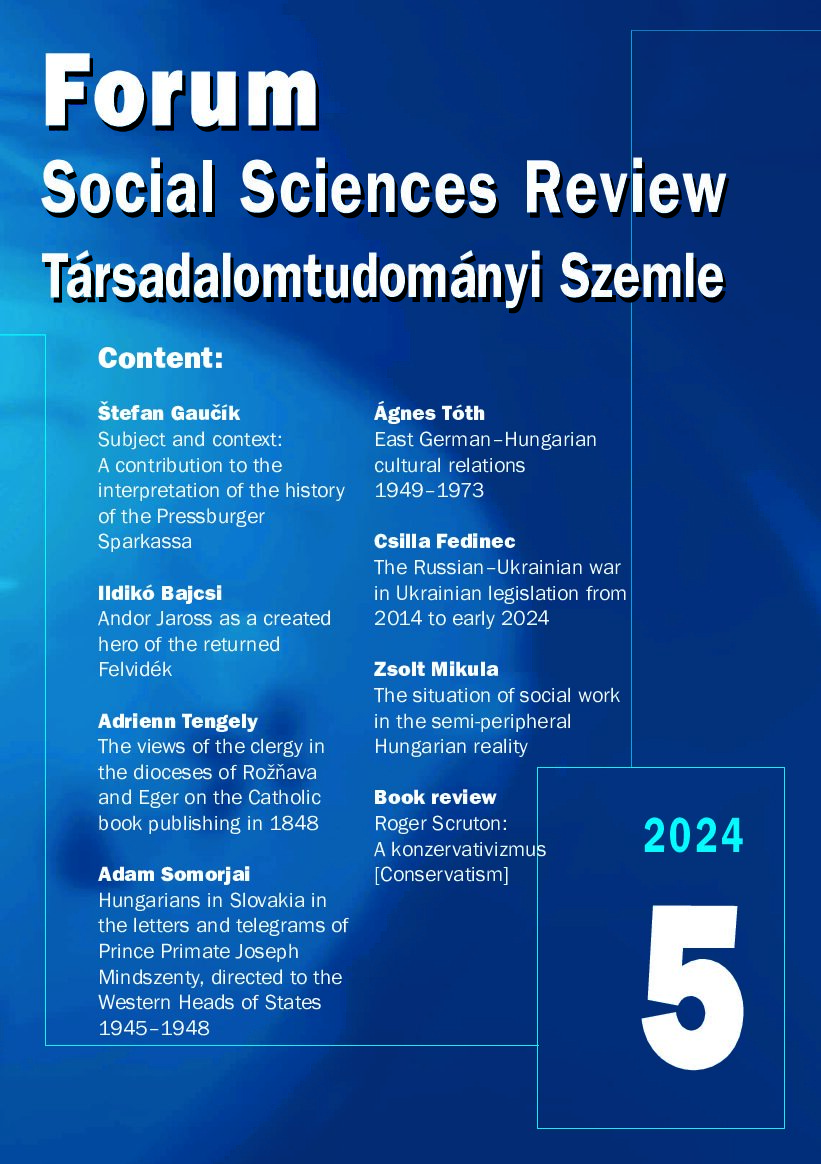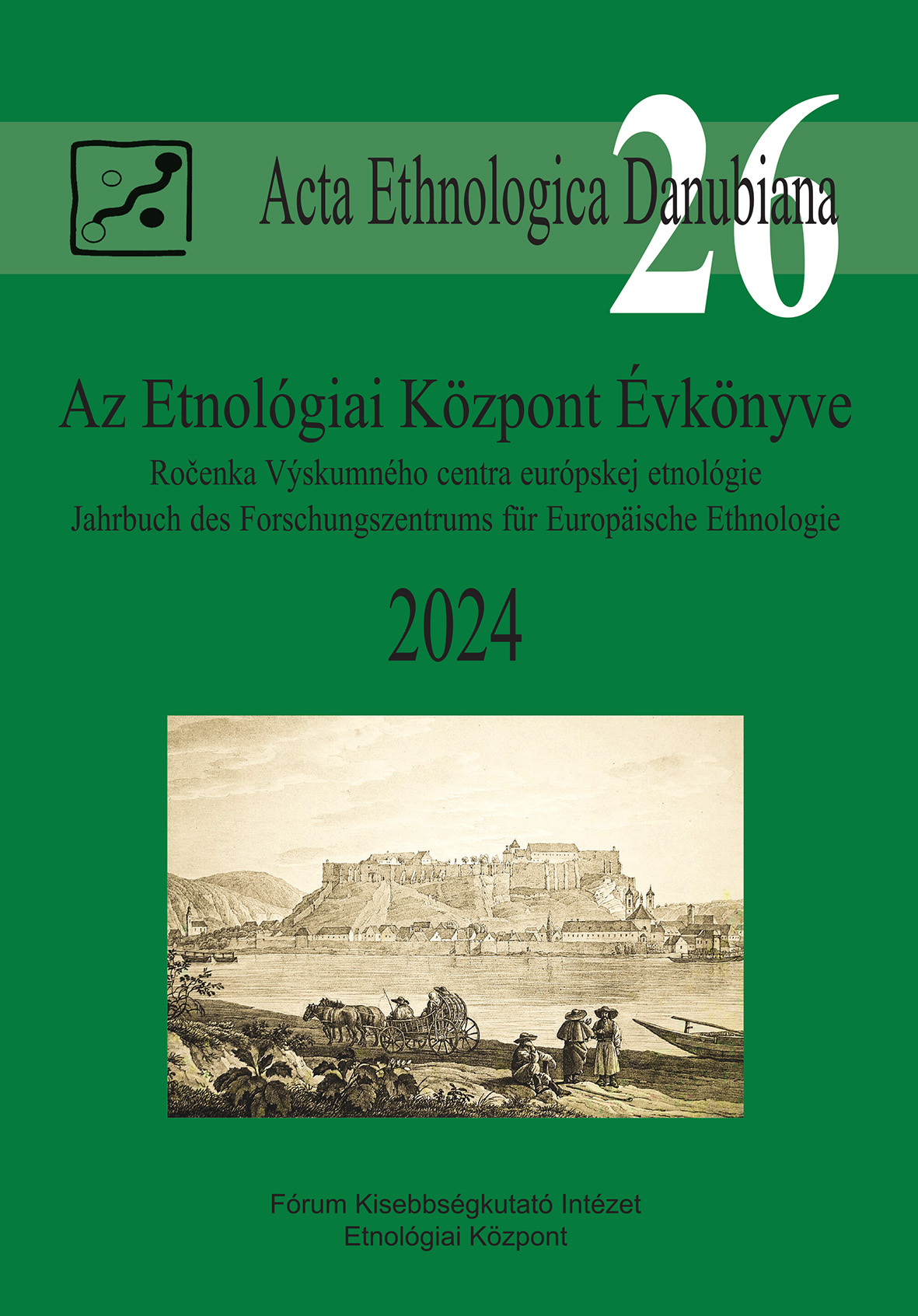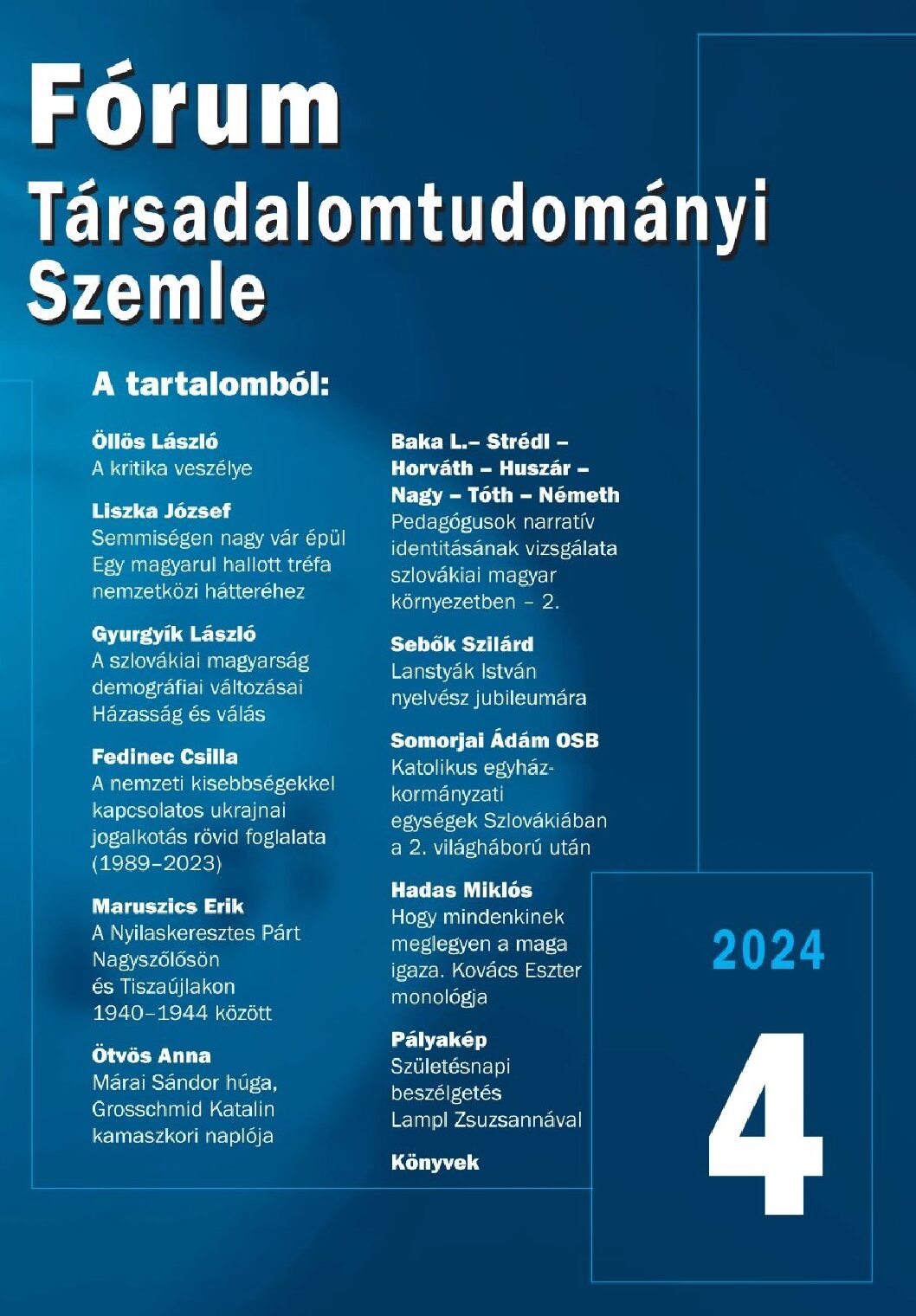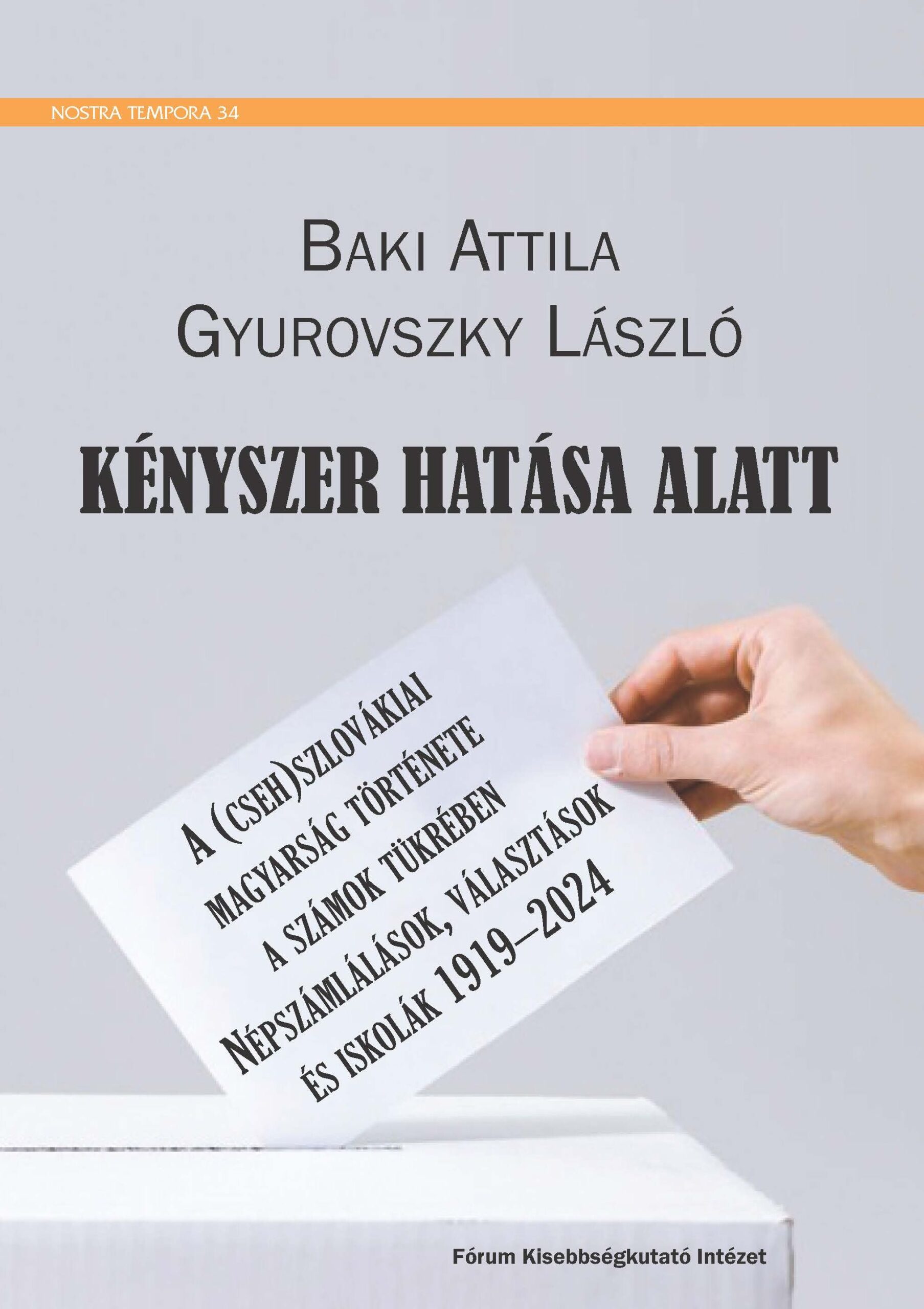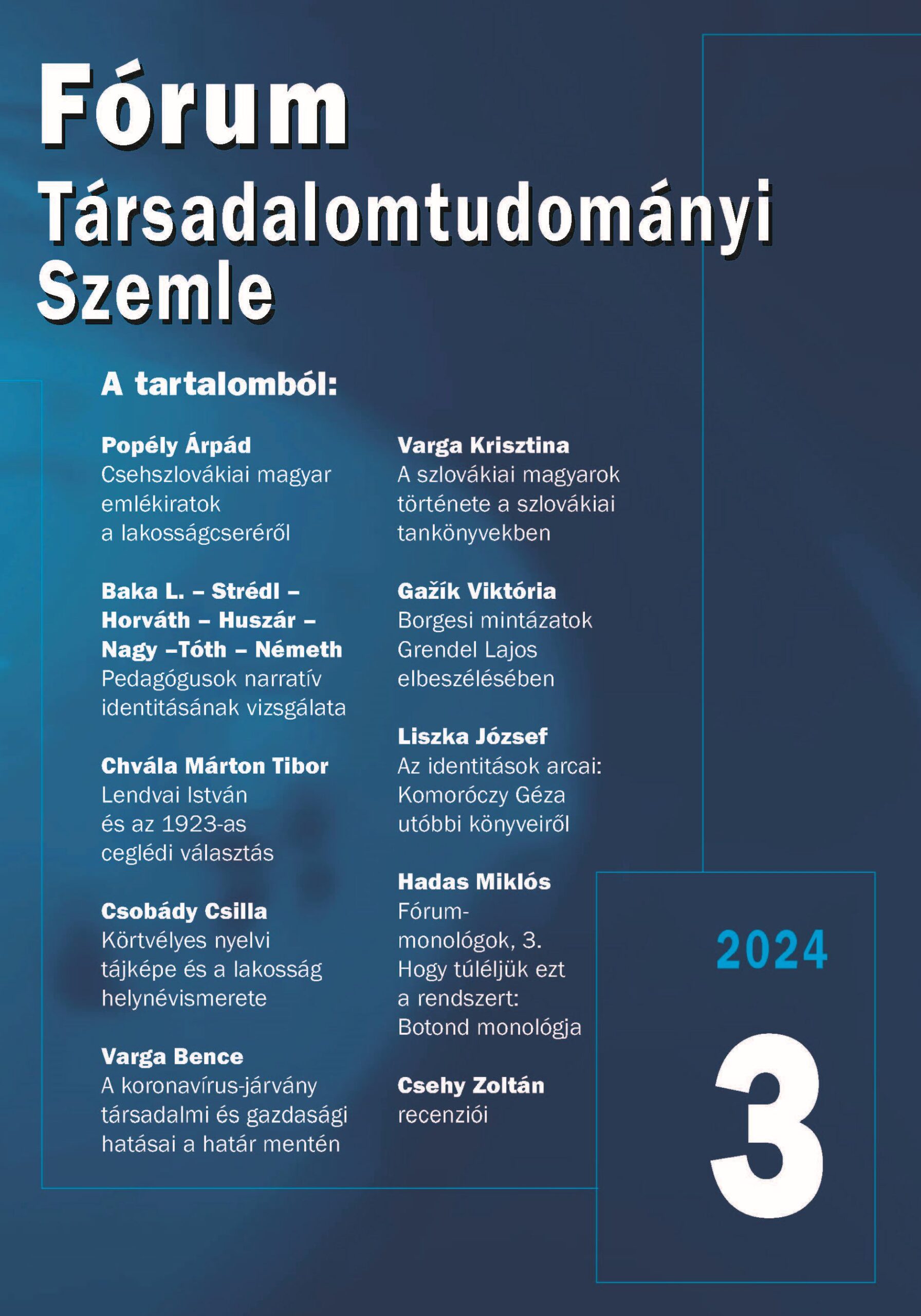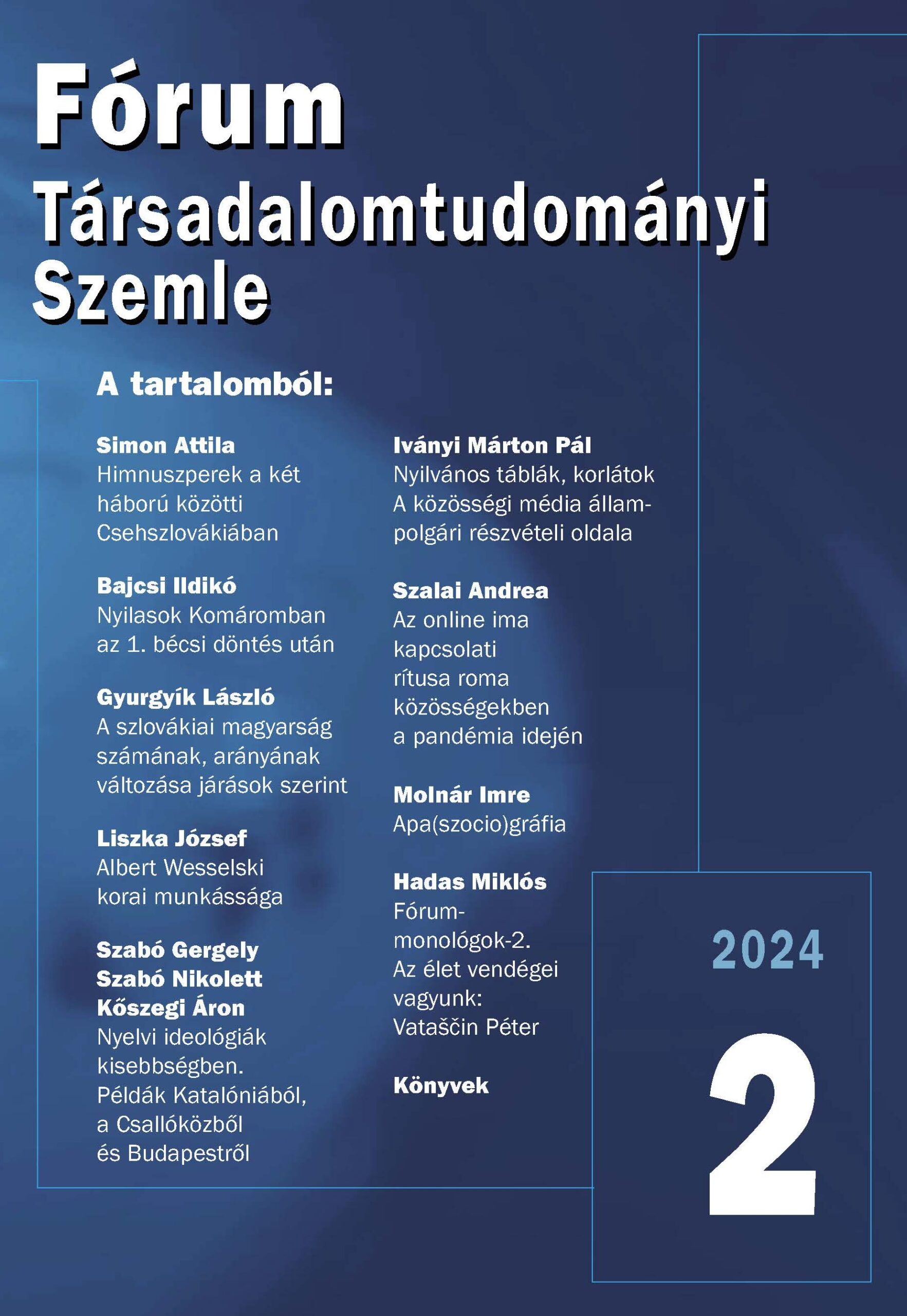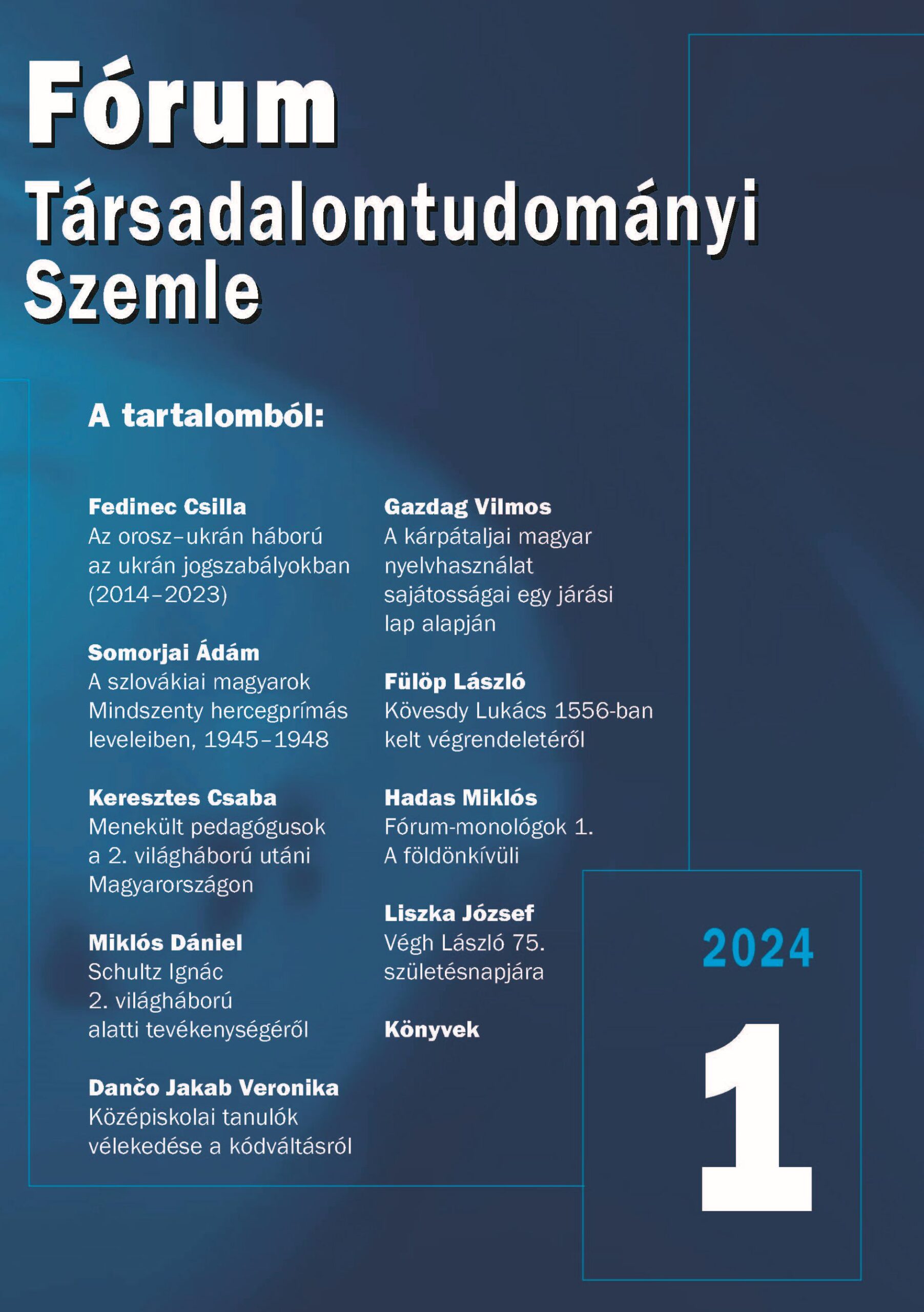The Value System of Unevenness
Unevenness becomes a moral category. It is something to be protected and preserved. The moral essence of unevenness is the assertion that certain elements of underdevelopment are more valuable than a state of development. But the masters of semi-detachment have another challenge to meet. Its believers must also separate their societies from each other. Towards their eastern conquerors they try to present themselves as more eastern, i.e. more communist, more pro-Russian, if the conqueror is western, e.g. national socialist Germany, then more pro-German than their neighbour, and in joining the democratic west they try to present themselves as more western, consciously pushing back their neighbours. And if they approach the East and the West at the same time, they argue both ways simultaneously. This attitude also motivates the specific role of nationalism in our region. In our case, the role of national identity is not only the same as it used to be in the most developed parts of Europe, but here in Central Europe it has also had to justify the unevenness of state and society.
A Misdrawn Language Policy
Ideological Motifs of Ukrainian State Language Policy in Legal Texts and Caricatures
After the events of 2014, the Ukrainian political elite, reacting to Putin’s and Russia’s use of the language issue as a pretext to ideologize their policies, engaged in increased Ukrainization. During this period, a number of laws were adopted in Kiev that progressively curtailed the rights of Russians and other minorities to use their mother tongue. In parallel with the promotion of the Ukrainian language, a political and information campaign has been launched which portrays the presence of a minority language (primarily Russian, of course) in the country as a threat to the language, the nation, and the existence of the state. At the same time, the state language law adopted in 2019 and its interpretation by the Constitutional Court have attached a symbolic meaning to the Ukrainian language, where the state language is an important guarantee of social integration, state security and the territorial integrity of the country. In this paper, we have shown how this was reflected in legal texts that were the defining and guiding documents of state language policy, and how propagandistic caricatures were used to support this ideology in the political press. The ideology of linguistic nationalism can be seen in the language policy of Ukraine after 2014, and this ideology is reflected in the cartoons that have been produced on the subject.
Minority Self-Government and Cultural Autonomy in Serbia. From Good Idea to Burdening Practice
In the modern age, the Republic of Serbia is developing a policy of multiculturalism in which minority self-government and cultural autonomy are important pillars. The values of this policy, which correspond to European standards for the protection of national minorities, are enshrined in the country’s Constitution, two basic laws and countless other laws and regulations. However, twenty years after the implementation of such a policy, a high ethnic distance has been maintained in Serbia and there is no trust between ethnic groups. The social reality in Serbia corresponds to the sum of majority and many minority monocultural policies. Faced with mutual bad experiences and waves of populism, members of political elites (majorities and minorities) have developed a policy of segregative multiculturalism in which cultural autonomy and minority self-government are instruments of political centers. Citizens belonging to national minorities are offered a centralized system of minority self-government that addresses voters, not people whose interest is to protect and preserve their ethnic, linguistic and cultural peculiarities. In particular, outside the “concern” of the state and minority self-government are citizens whose identity is rooted in multiple ethnicities.
Somewhat Forgotten Irredentism – Moravian-Slovak Irredentism in Making a Choice Between Czechia and Slovakia in the Crisis Years 1938 and 1939
As a consequence of the First World War, the era of multinational monarchies came to an end and the period of successor democratic “nation” states began. Czechoslovakia was one of these newly created states. National minorities in the republic made up as much as a third of the total population that did not consider Czechoslovakia their homeland. The concept of a somewhat artificially created Czechoslovak nationality, with which many Slovaks did not identify, can also be seen as a potential conflict. Moreover, it is often forgotten that the Czech nation was not united either. It was divided into Bohemians, Moravians, and Silesians, who were then further divided into smaller groups that claimed their own ethnicity. One of the most distinctive of these groups were, and to some extent still are, the Moravian Slovaks. Within this group of inhabitants of the southern part of Moravia, defining themselves on the platform of their own ethnicity, a group established itself which, towards the end of the 1930s, joined the other disaffected traditional ethnic groups in Czechoslovakia who opposed the centralist constitutional concept of the Czechoslovak state. The aim of the study is to acquaint the reader with the development of this small ethnic group of Moravian Slovaks who, at the turn of 1938 and 1939, at the time of the Second Republic, decided that remaining in the Czech or Moravian part of Czechoslovakia, at that time “torn to pieces”, had no advantages for the inhabitants of Slovácko, and a more advantageous political step for them seemed to be the merger of Slovácko with autonomous Slovakia, which later became an independent state.
Telltale Data Ahead of the 2023 Parliamentary Election
The study is based on the results of the author’s survey conducted in February 2023. The sample of 1,051 respondents was selected from the roughly 400,000 Hungarian-speaking adult population of Southern Slovakia, using a quota sampling method, according to the following parameters: native Hungarian language, gender, age, education, district, county, settlement type. The paper shows that four out of five people follow political events. Two thirds of the respondents were dissatisfied with the Heger cabinet in power at the time of the survey, and only 8% were satisfied with the economic situation in the country. Three-quarters wanted early parliamentary elections. 67% would go to the polls, but past and present sympathy with a particular party greatly increases the propensity to vote, for example 93.7% of potential voters of the Alliance (Szövetség) and 83.7% of respondents of the Hungarian Forum (Magyar Fórum) would go to the polls. 59% of respondents said which party they would vote for, 41% did not. Half of the latter had not yet decided who they would vote for, 7% did not answer and 13% confirmed that they would not vote. Of those who chose a specific party, 58.3% would vote for the Alliance and 15.6% for the Hungarian Forum. Of the Slovak parties, Progresívne Slovensko (5.4%), Hlas SD (4.9%), Smer SSD (4.2%) and OĽaNO (4.1%) would have received the most votes in February 2023. In addition to these topics, I discuss in detail the reasons for party preferences, the visibility and potential electorate of Hungarian and Slovak politicians in Slovakia, and finally I will outline the portrait of the voters of the Alliance and the Hungarian Forum.
A Representative Body for Nationalities or a Simple Parliamentary Committee?
The Establishment of the Committee for Nationalities of the Slovak National Council in 1968
One of the achievements of the Prague Spring was the establishment of nationality bodies alongside the Czech and Slovak representative and executive bodies. In Slovakia, one such body was the Slovak National Council, the Nationalities Committee of the Slovak Parliament. The Nationalities Committee was envisaged by the nationalities of Slovakia, namely the Hungarians and the Ukrainians, to be the representative body of the national minorities. However, as the Slovak and Czech political leadership refused to allow the nationalities to have their own independent representative body, the Committee was finally established on 4 October 1968 as just one of the parliamentary committees. This paper discusses the background to the establishment of the Nationalities Committee and the circumstances surrounding its creation.
Addition to the History of the Wagon-Keepers. The Presence of the Noble Kemenczky Clan of Kemencze in Komárom
The aim of the research is to understand why the Komárom wagon-keepers passed on their feudal traditions until the first half of the 20th century. What family and occupational ties were necessary for this social stratum to survive until 1945? In order to answer this question, it is necessary to look into the history of individual clans using genealogy. This will give us a picture of family relationships, occupation, and the variability of the latter. From the study of these relationships, we can get an idea of the stratification and religious endogamy of the wagon-keepers. However, we must not forget their legal status in the town. The question arises for the wagon-owning clans: when and how many times did they prove their nobility (if at all)? Of course, there were also examples where they entered the civil order despite their noble status. The Kemenczky clan of Kemencze is relatively well documented and their activities in Komárom can be well analysed. It is possible to observe the problems caused by the misspelling of a surname, which could only be finally resolved 100 years later.



